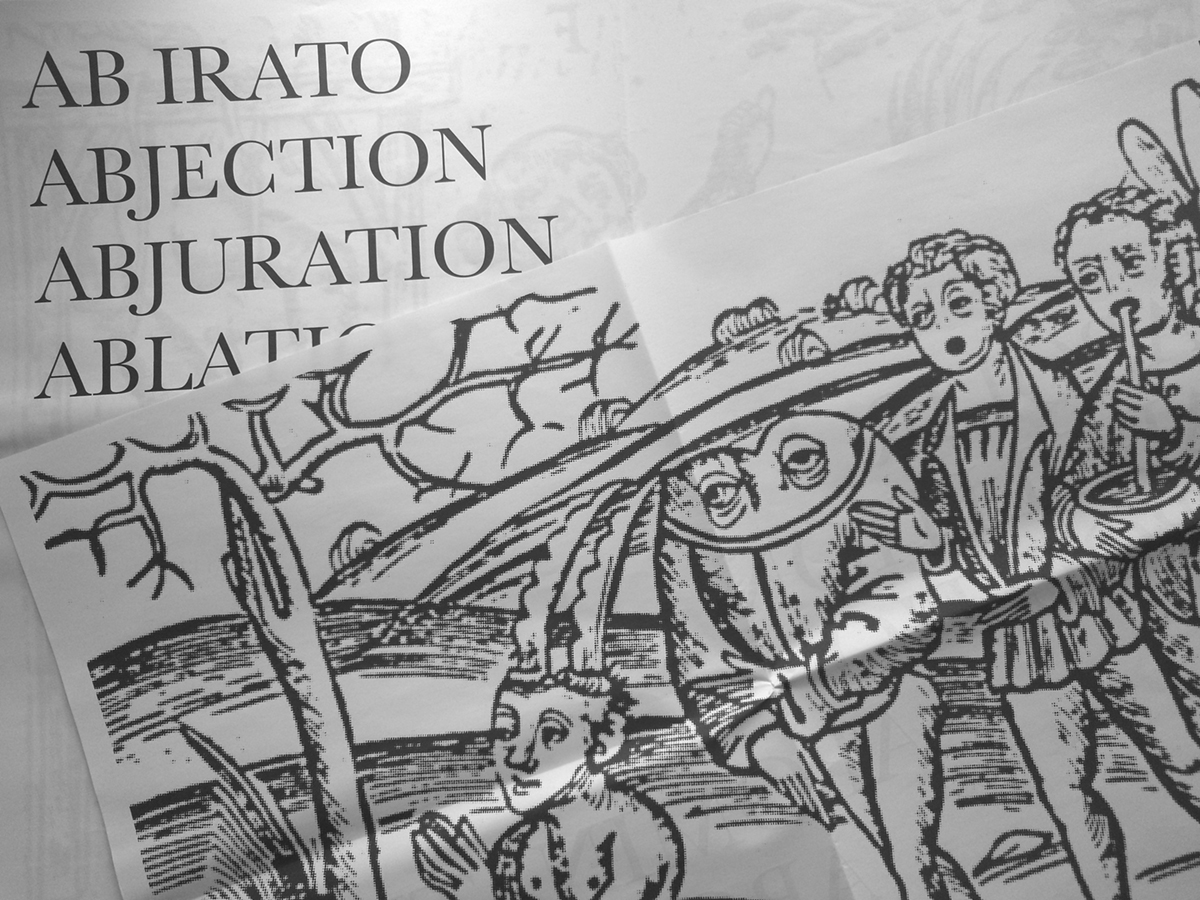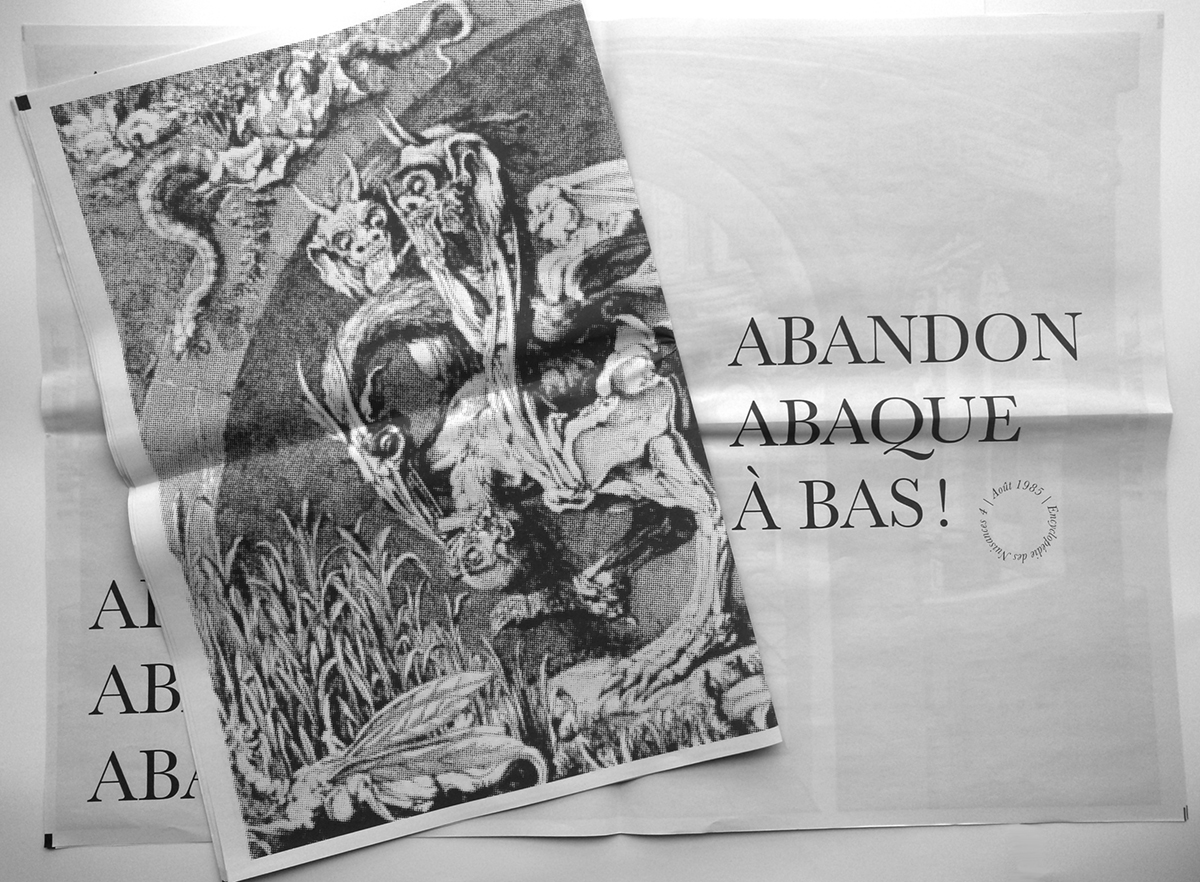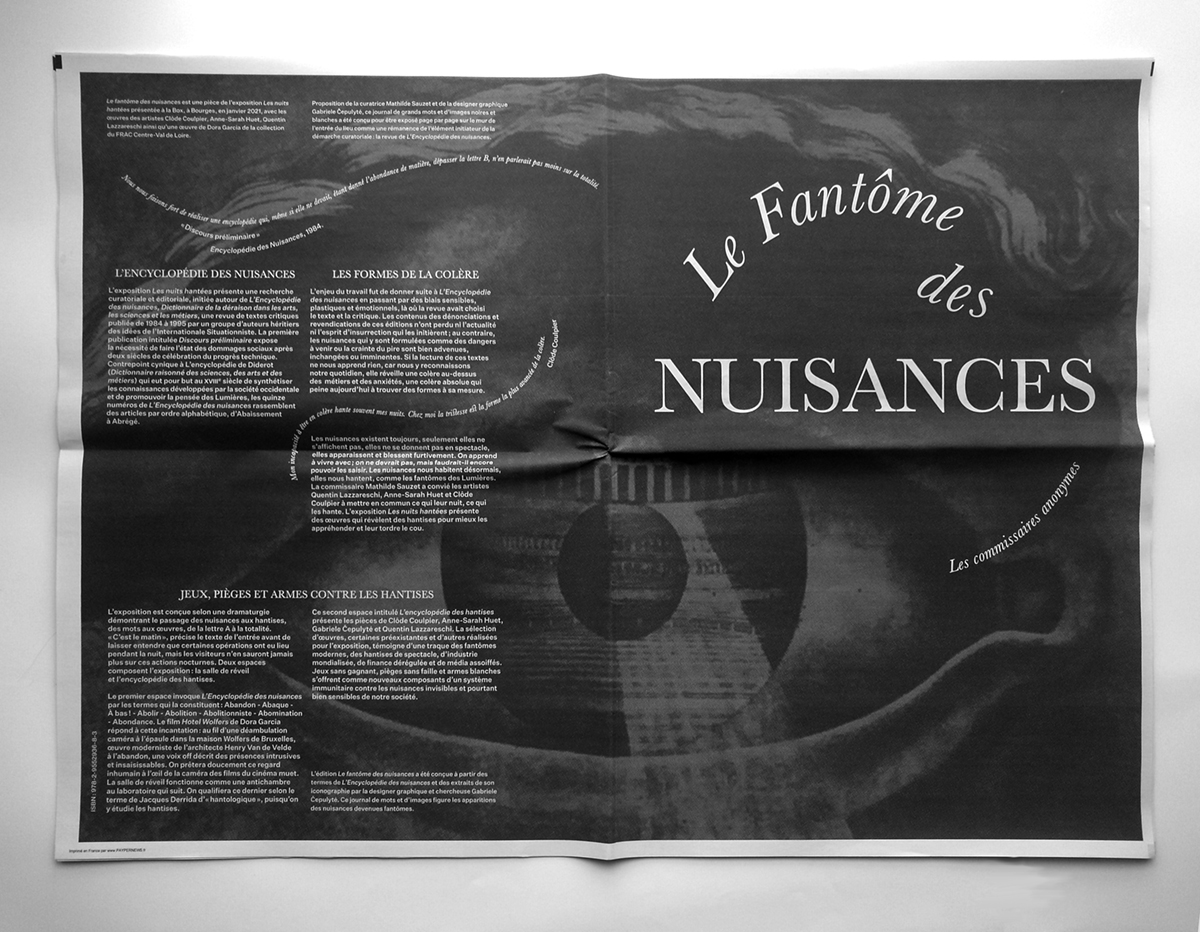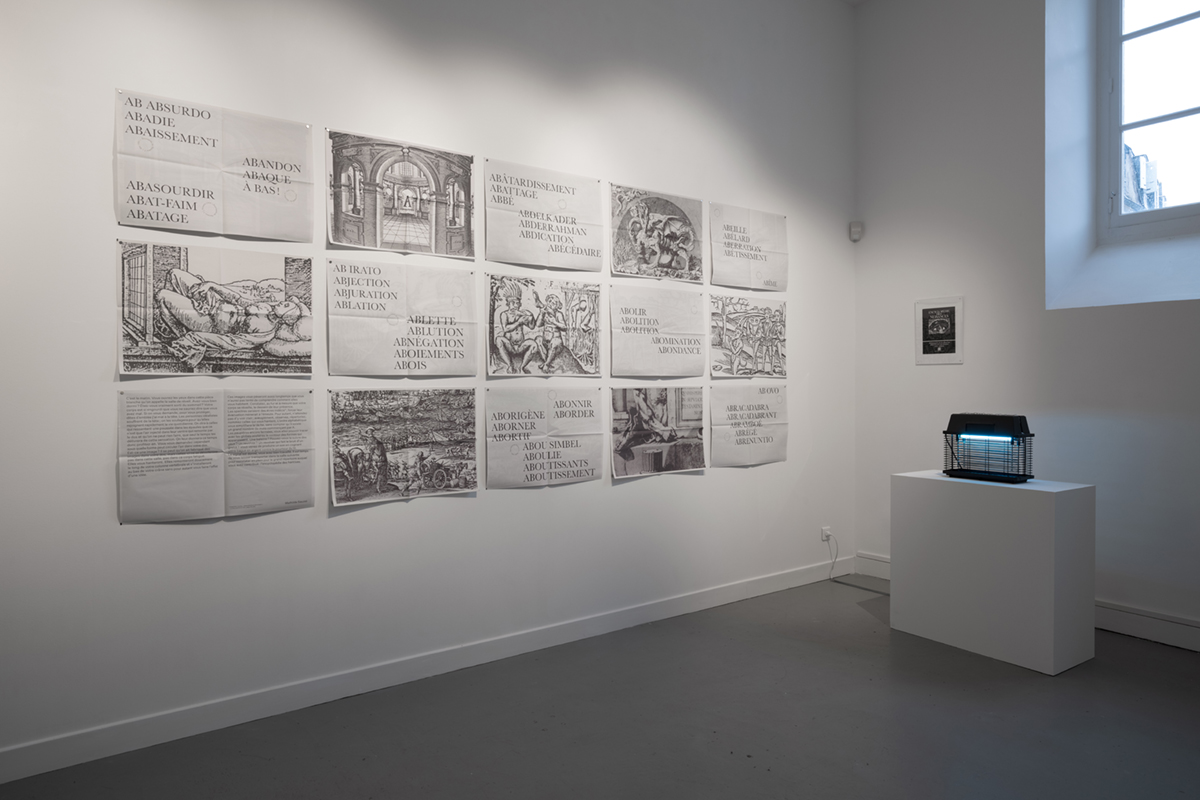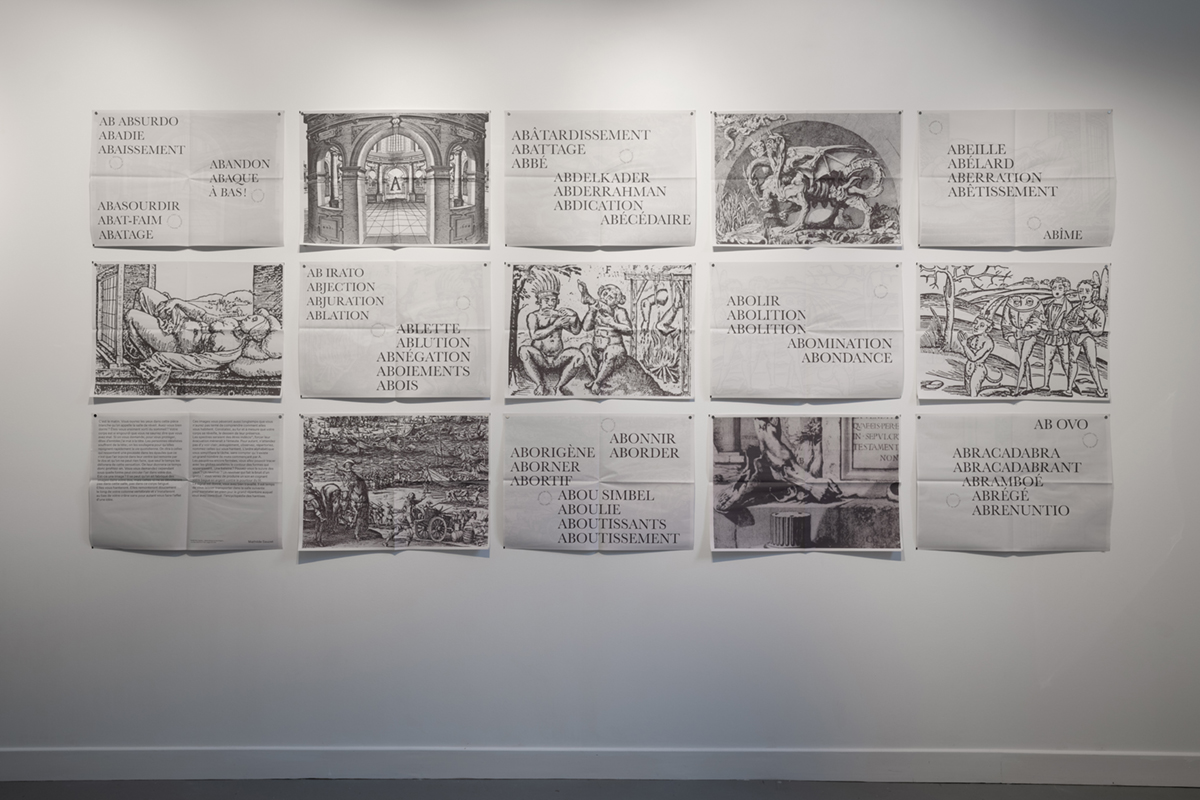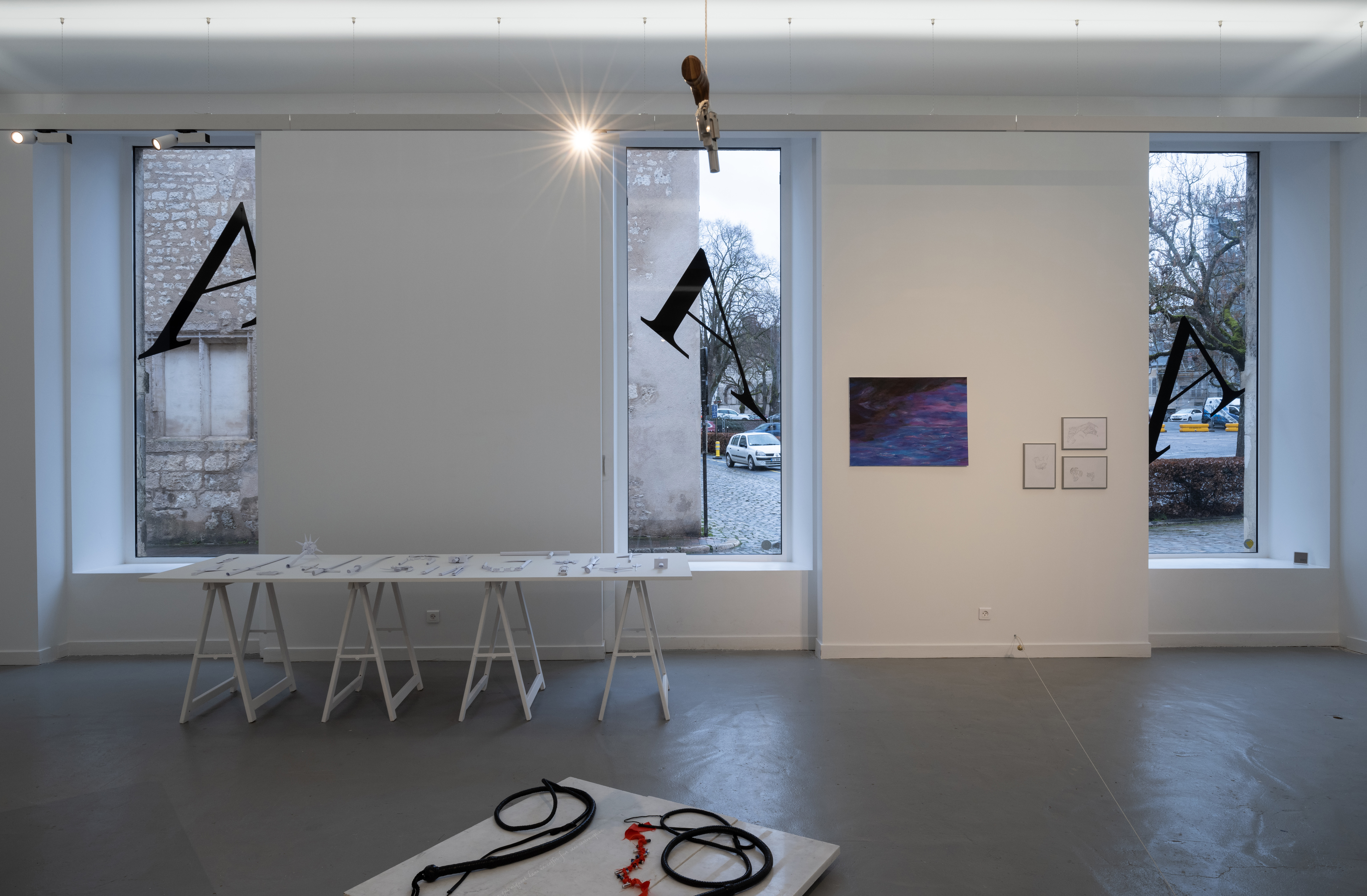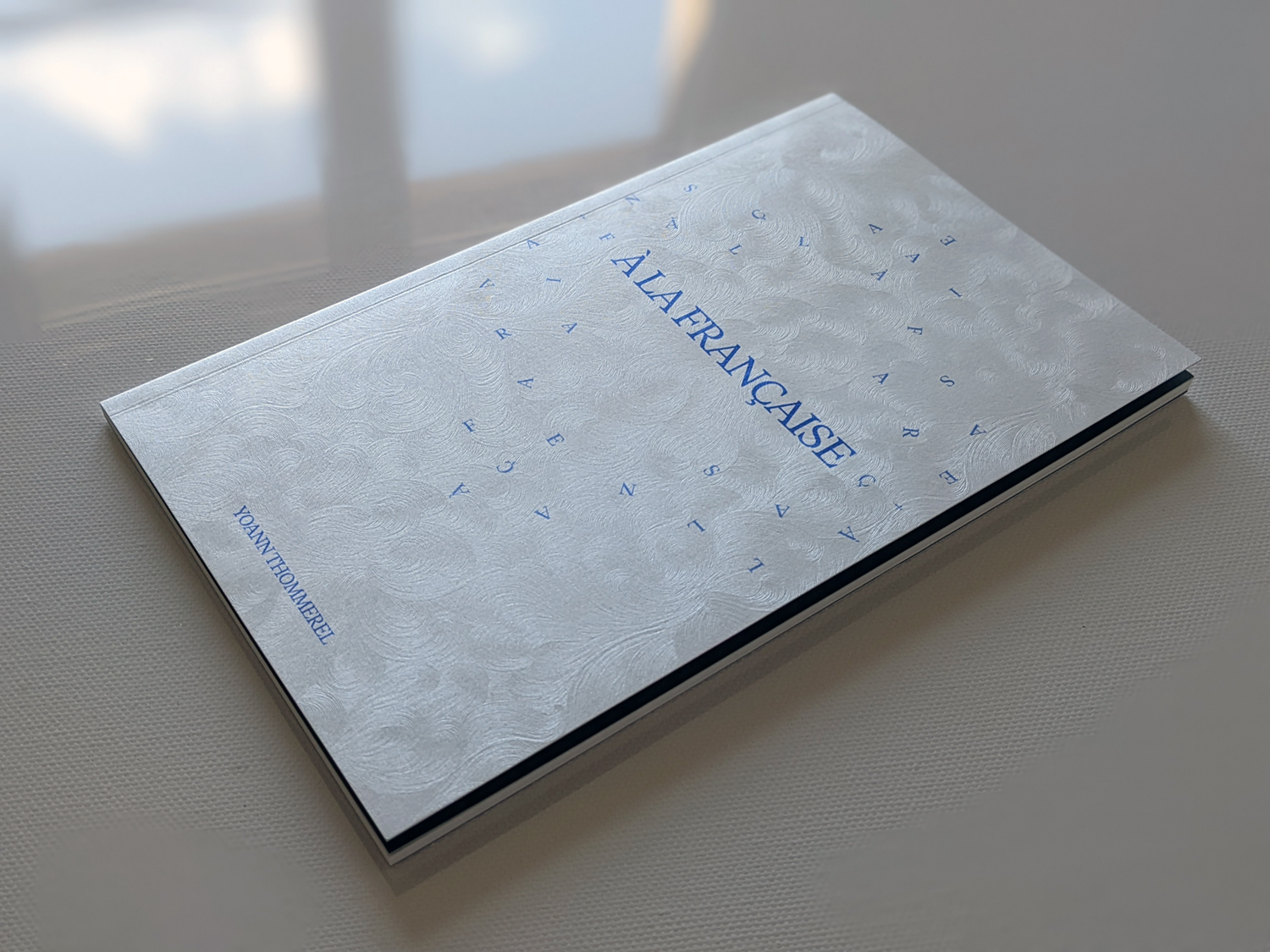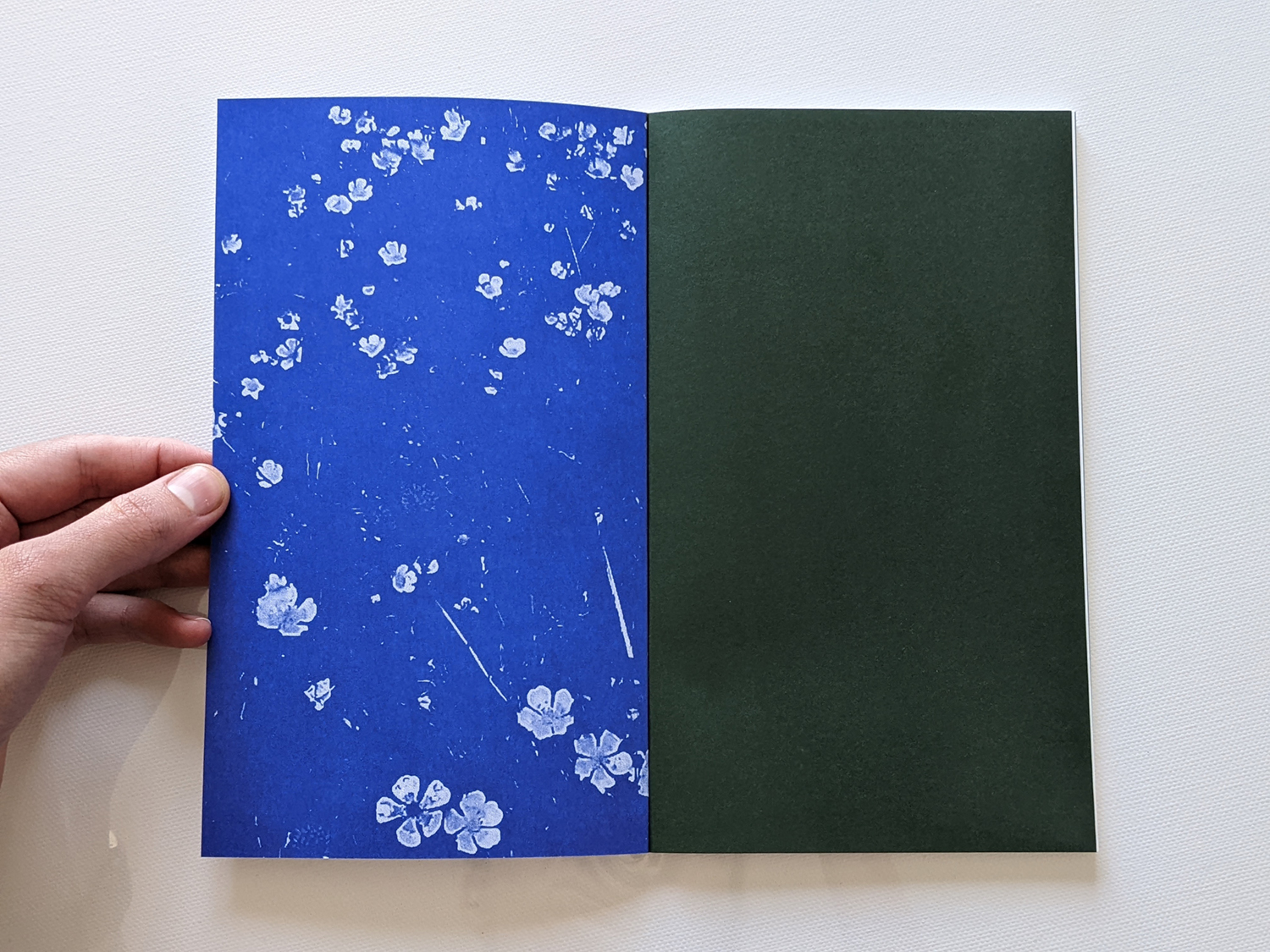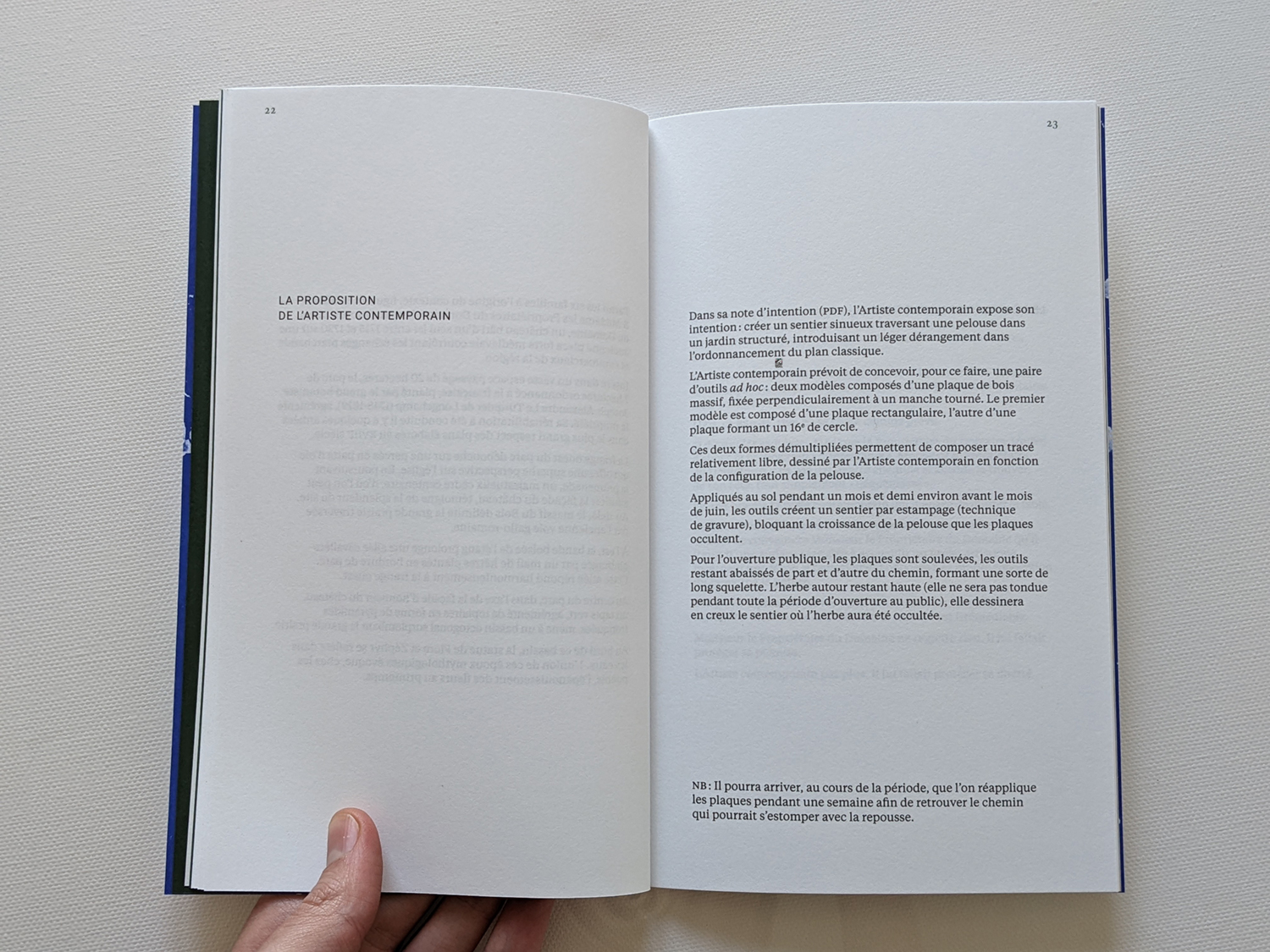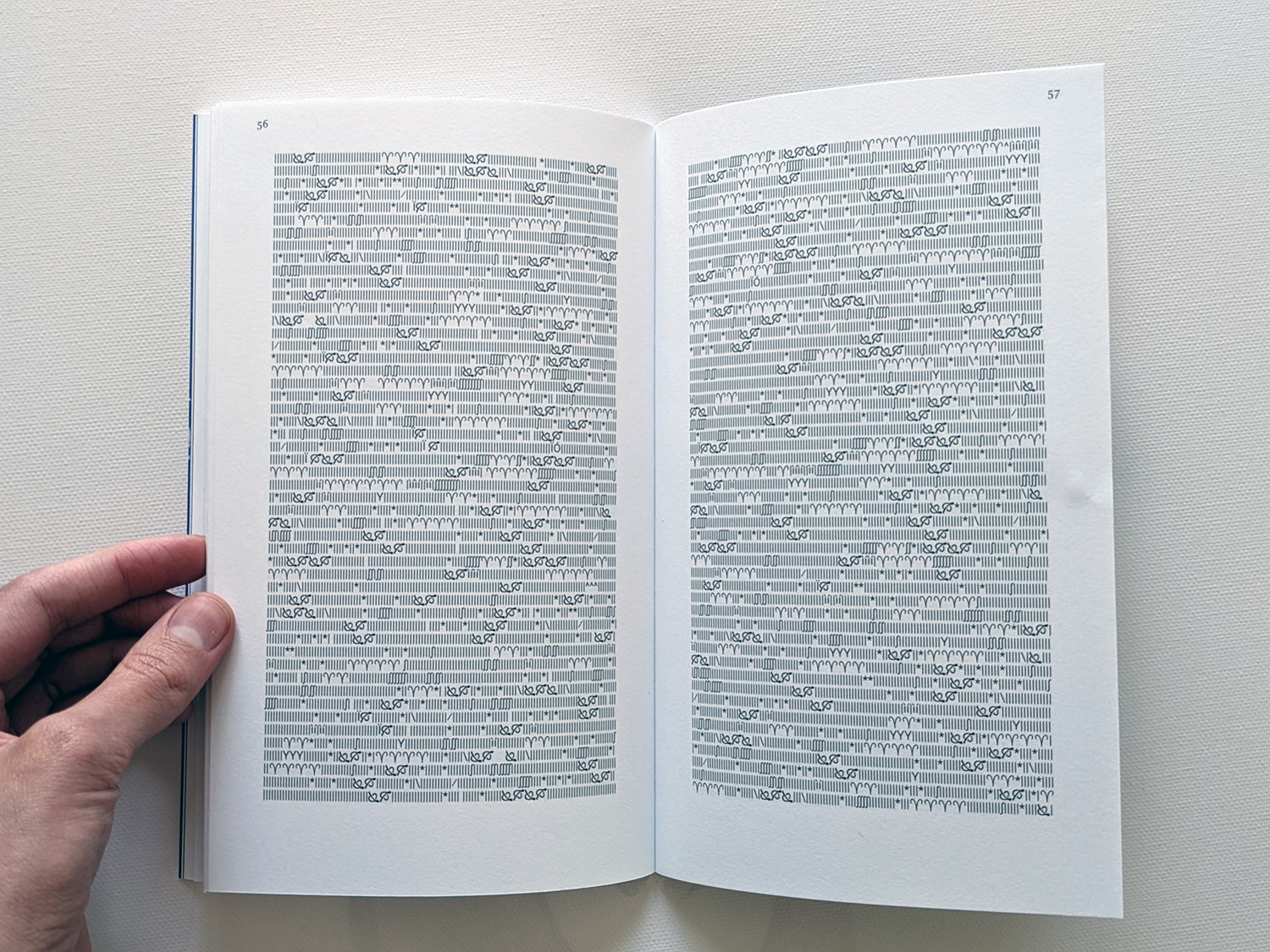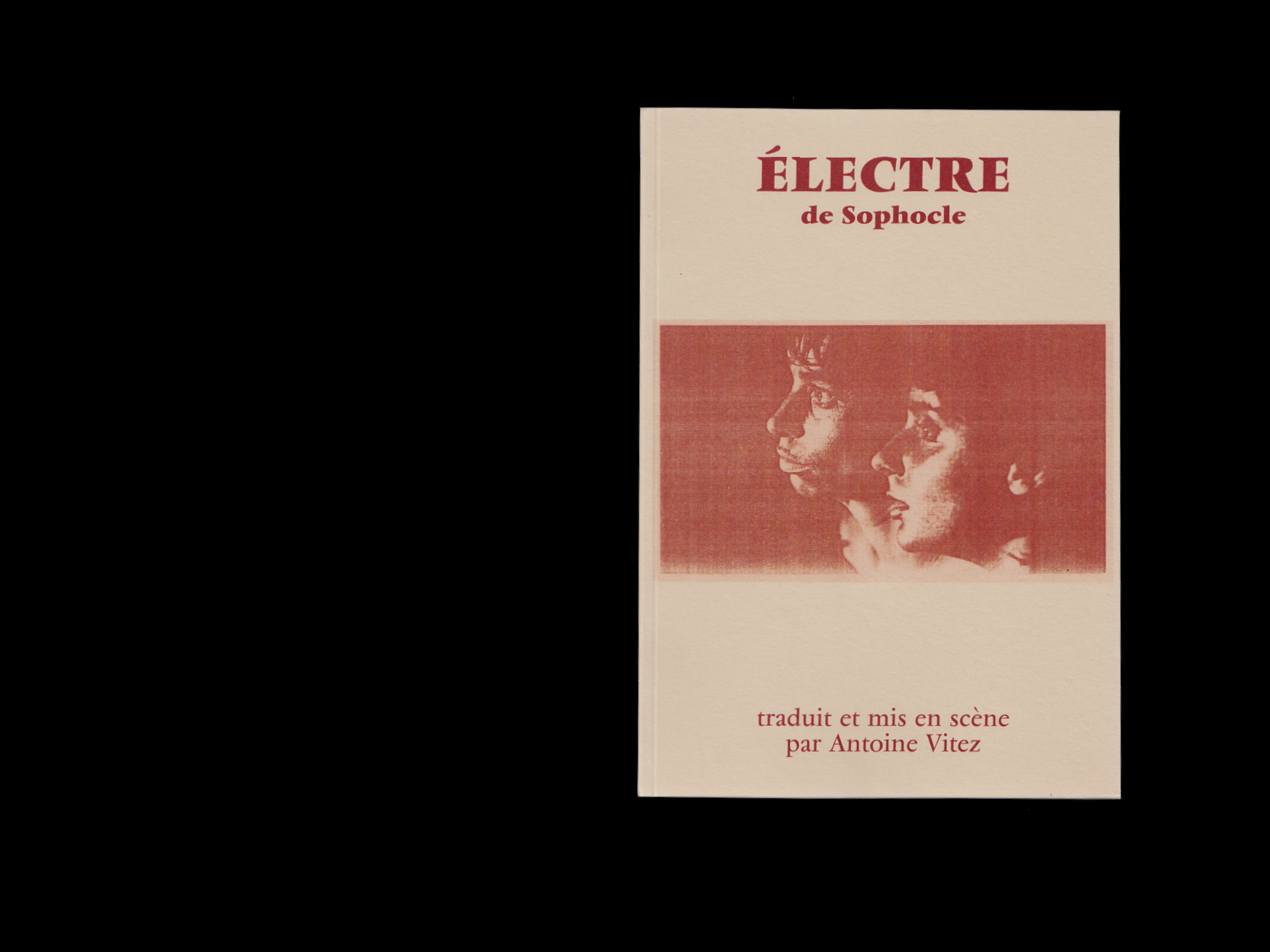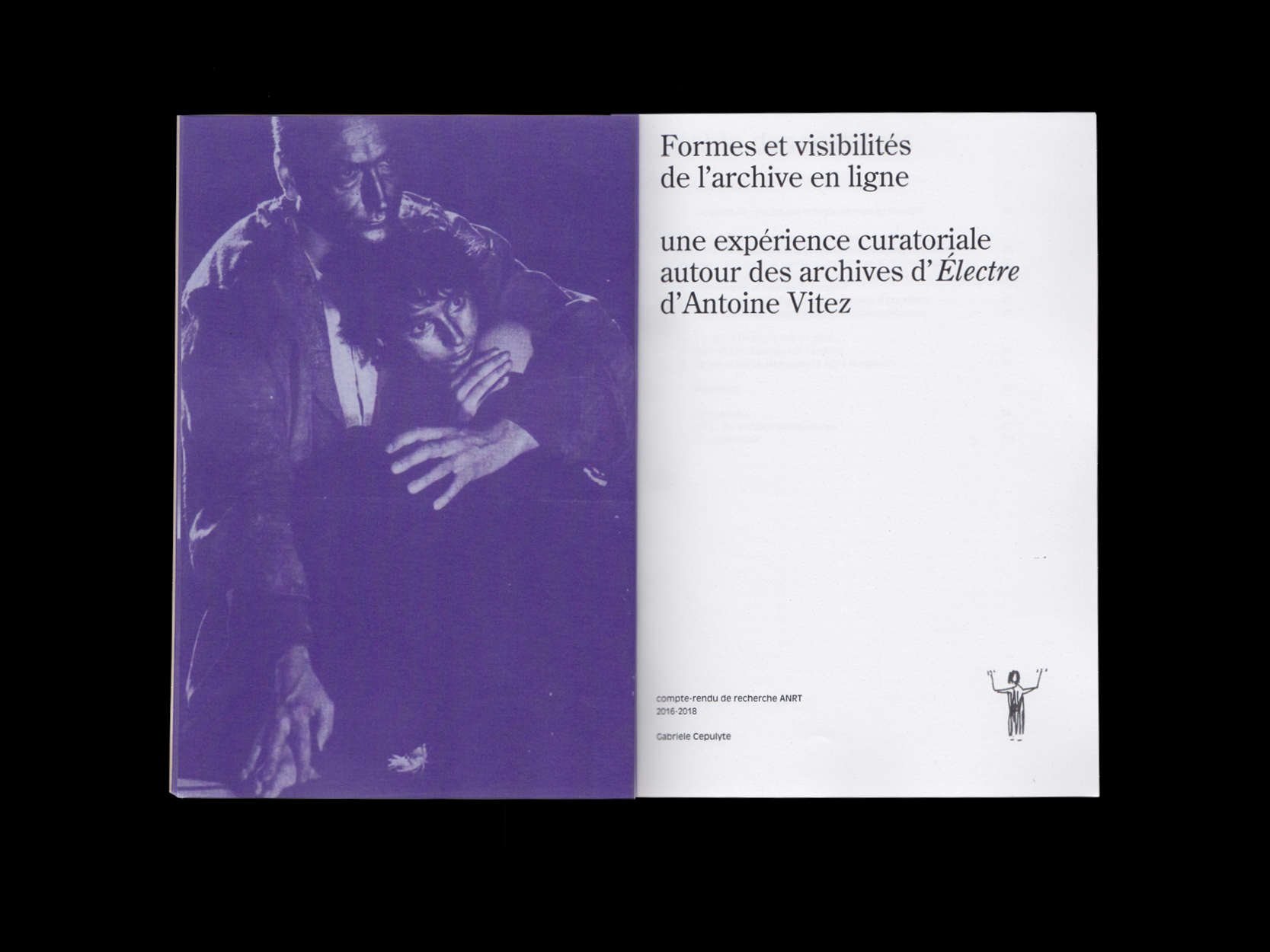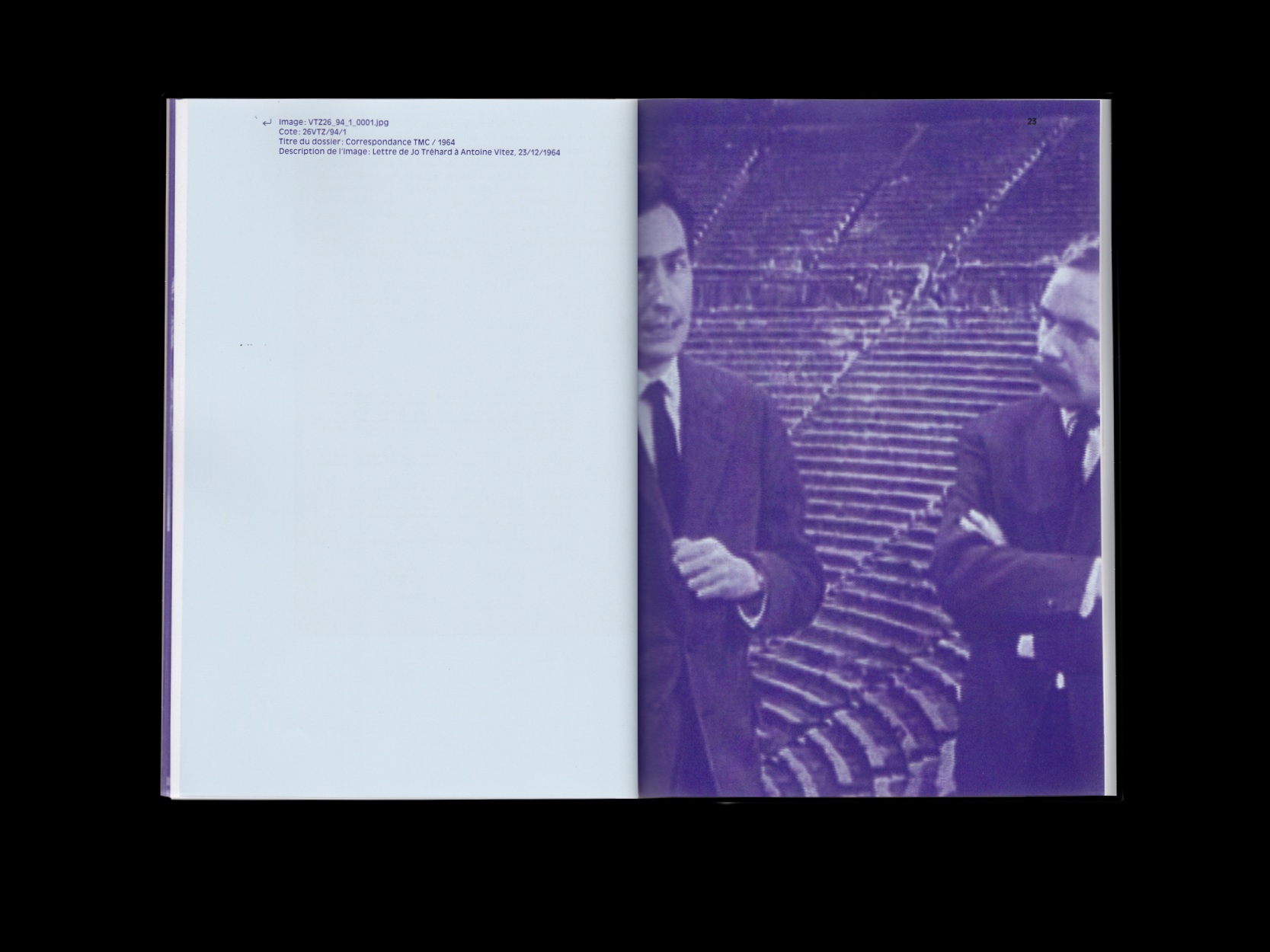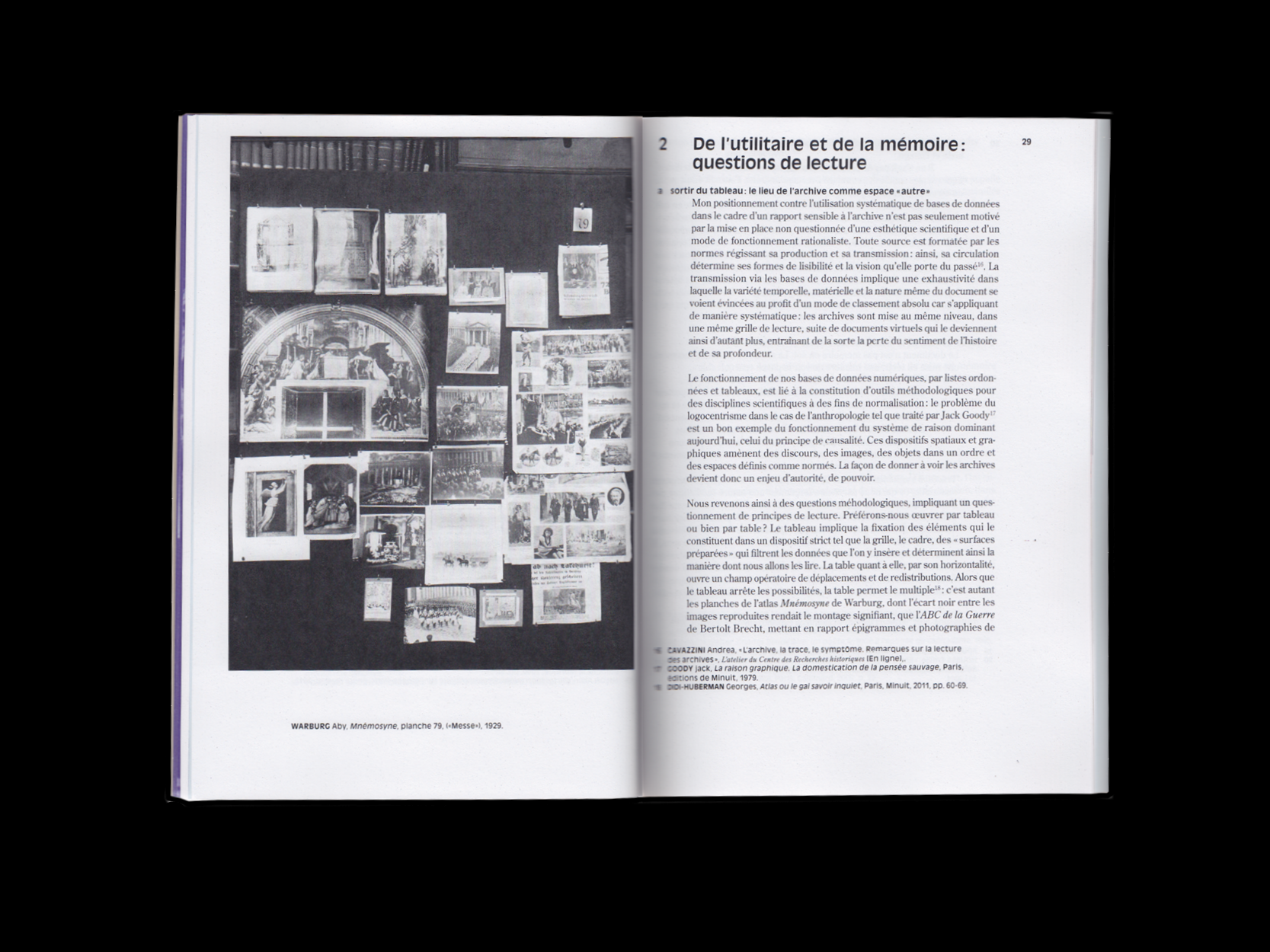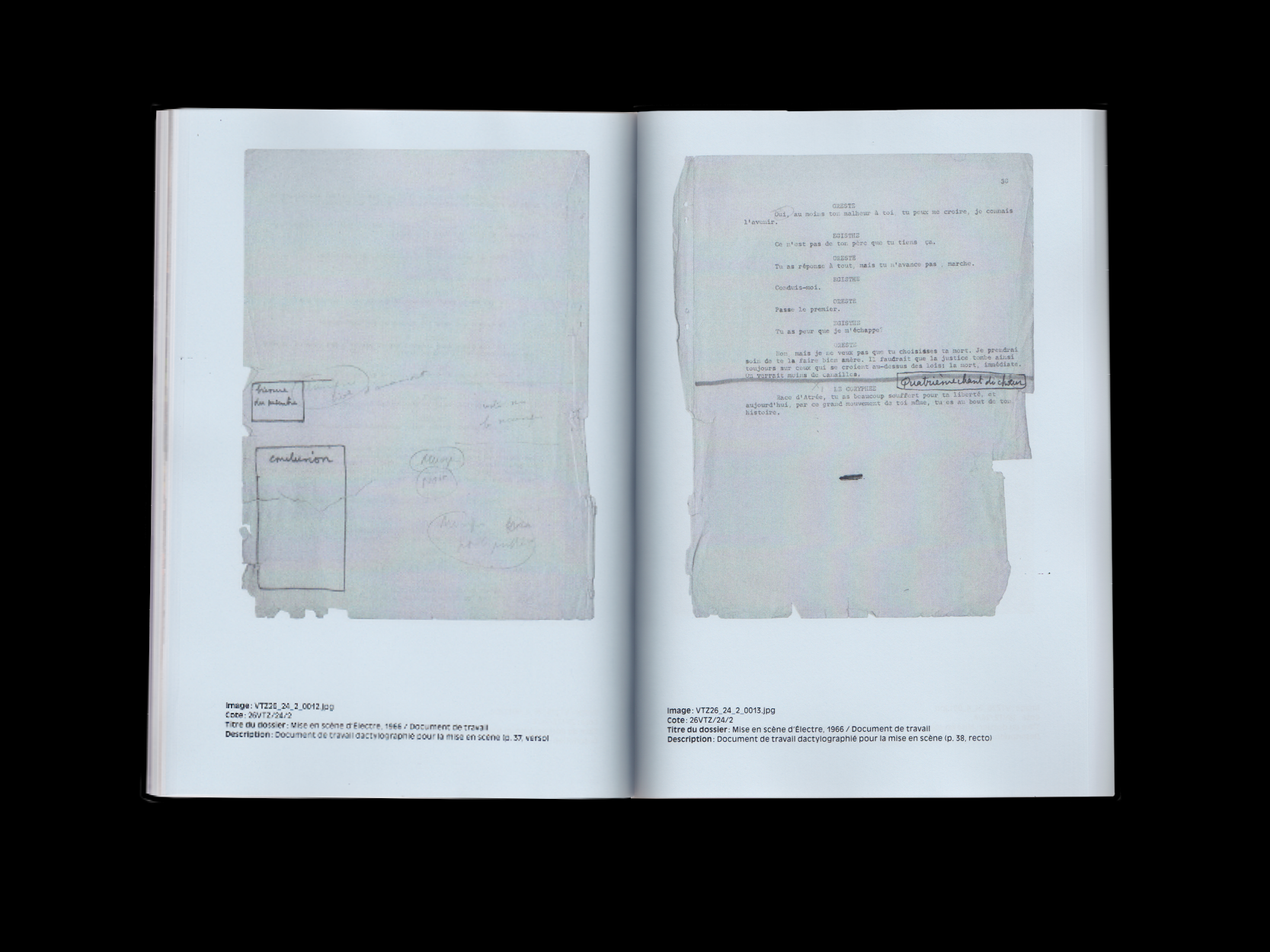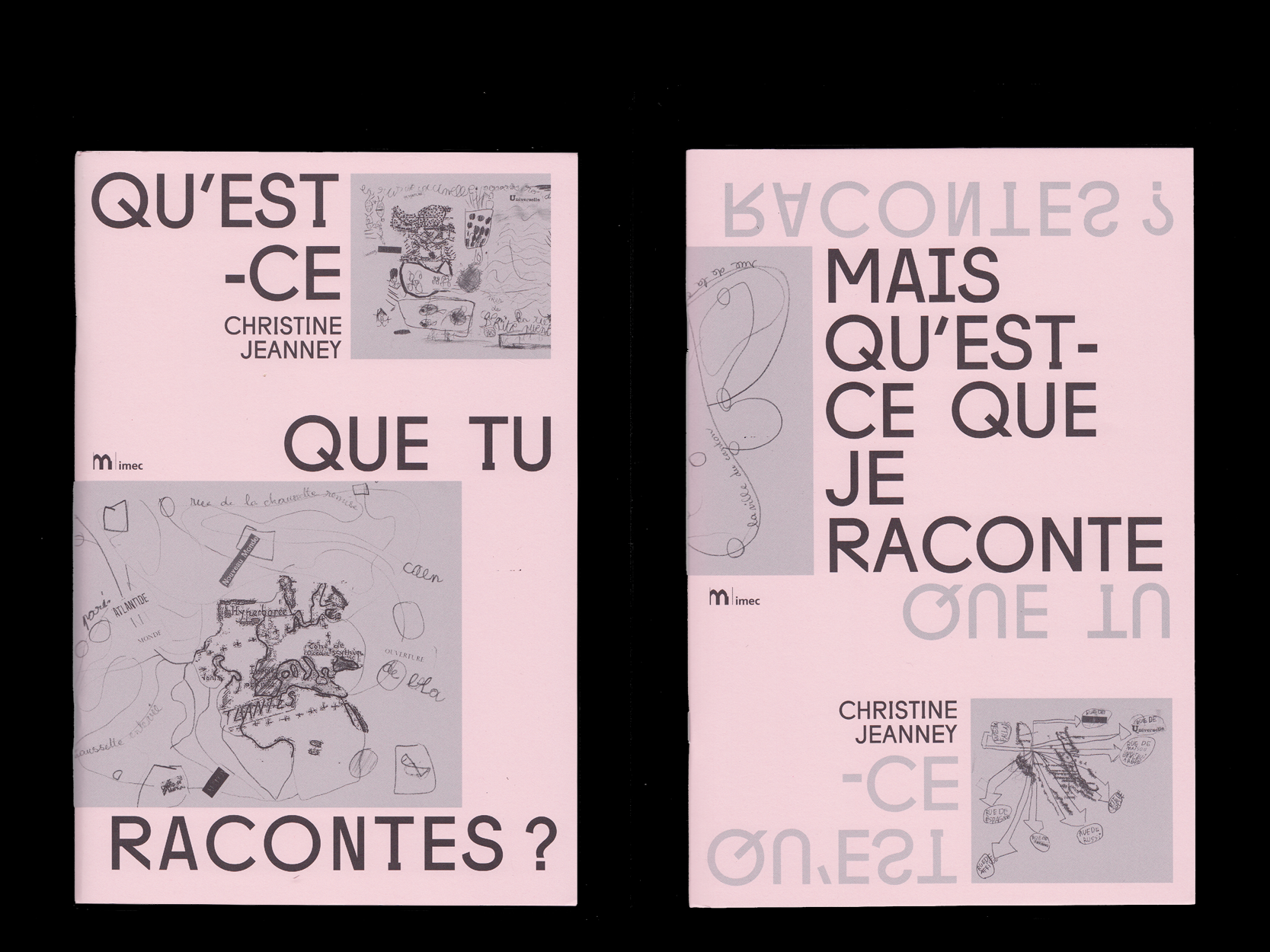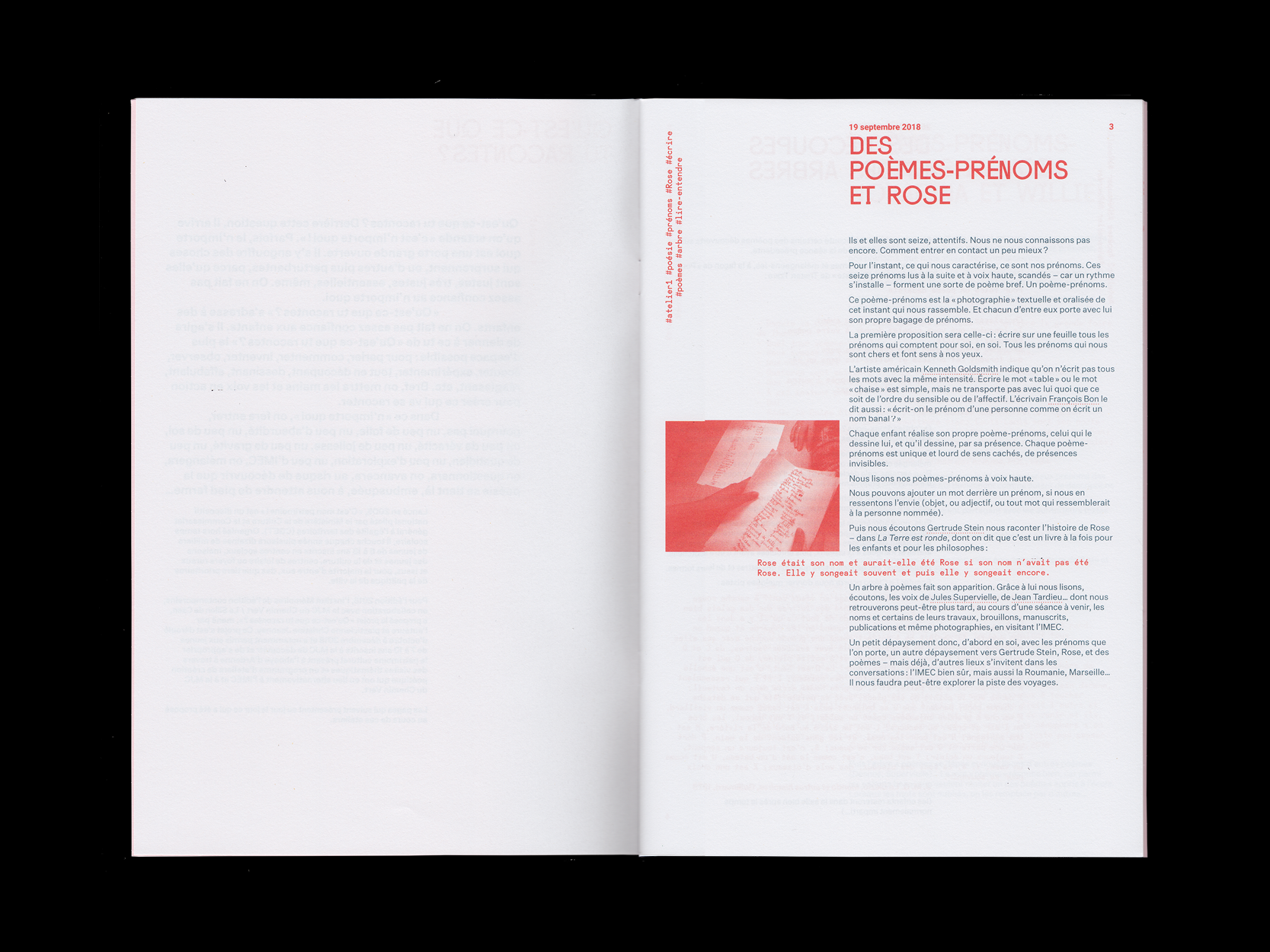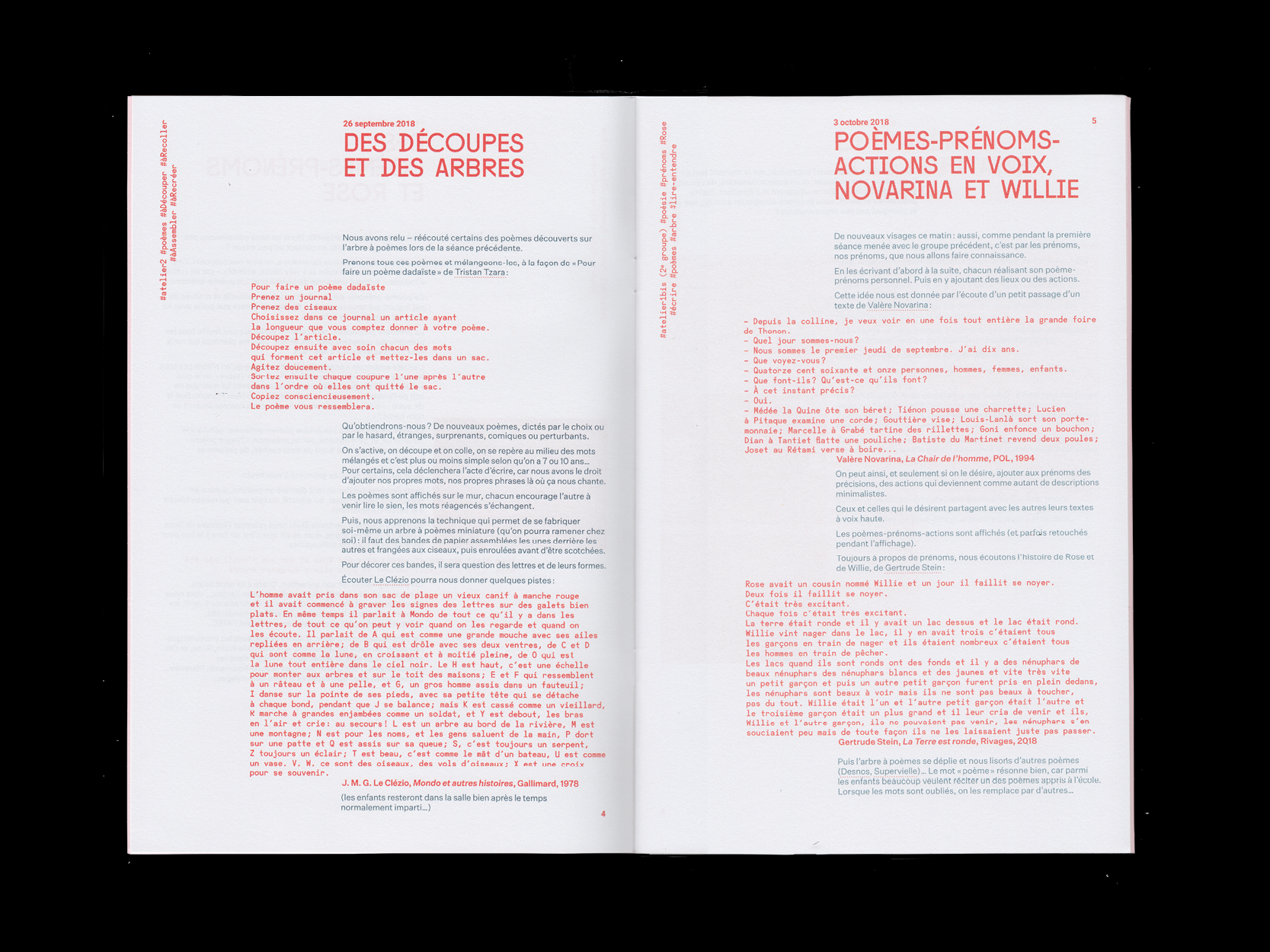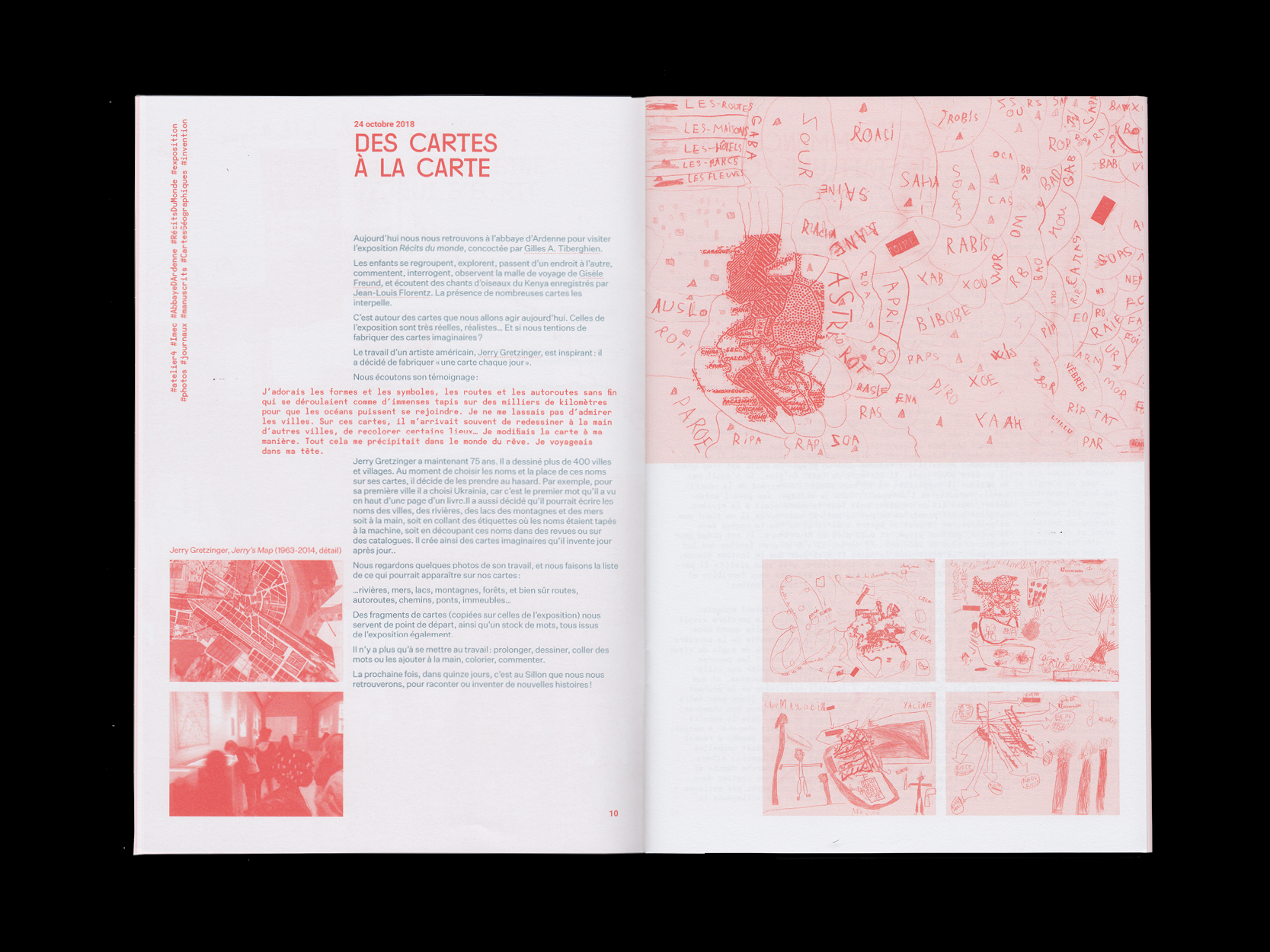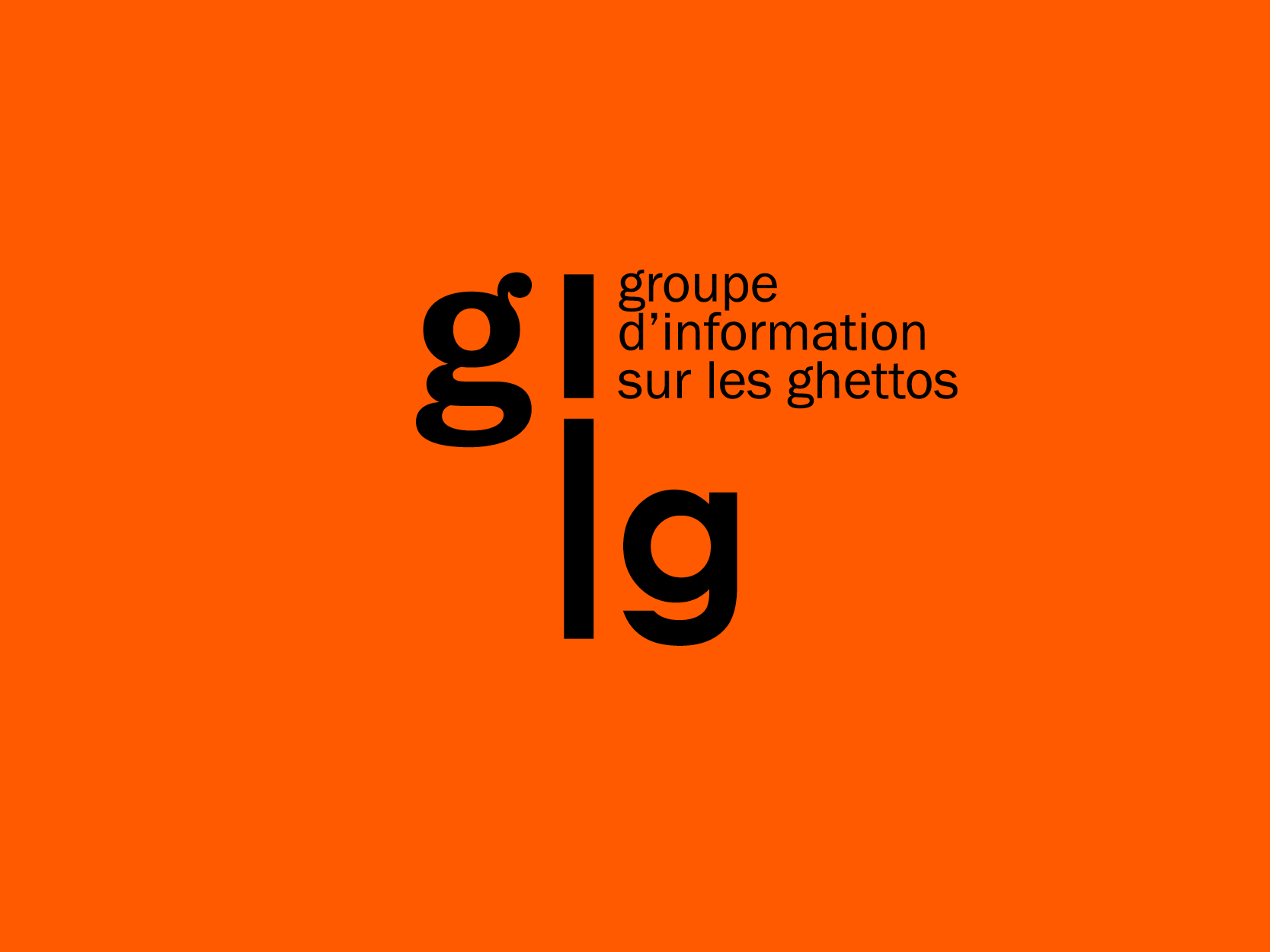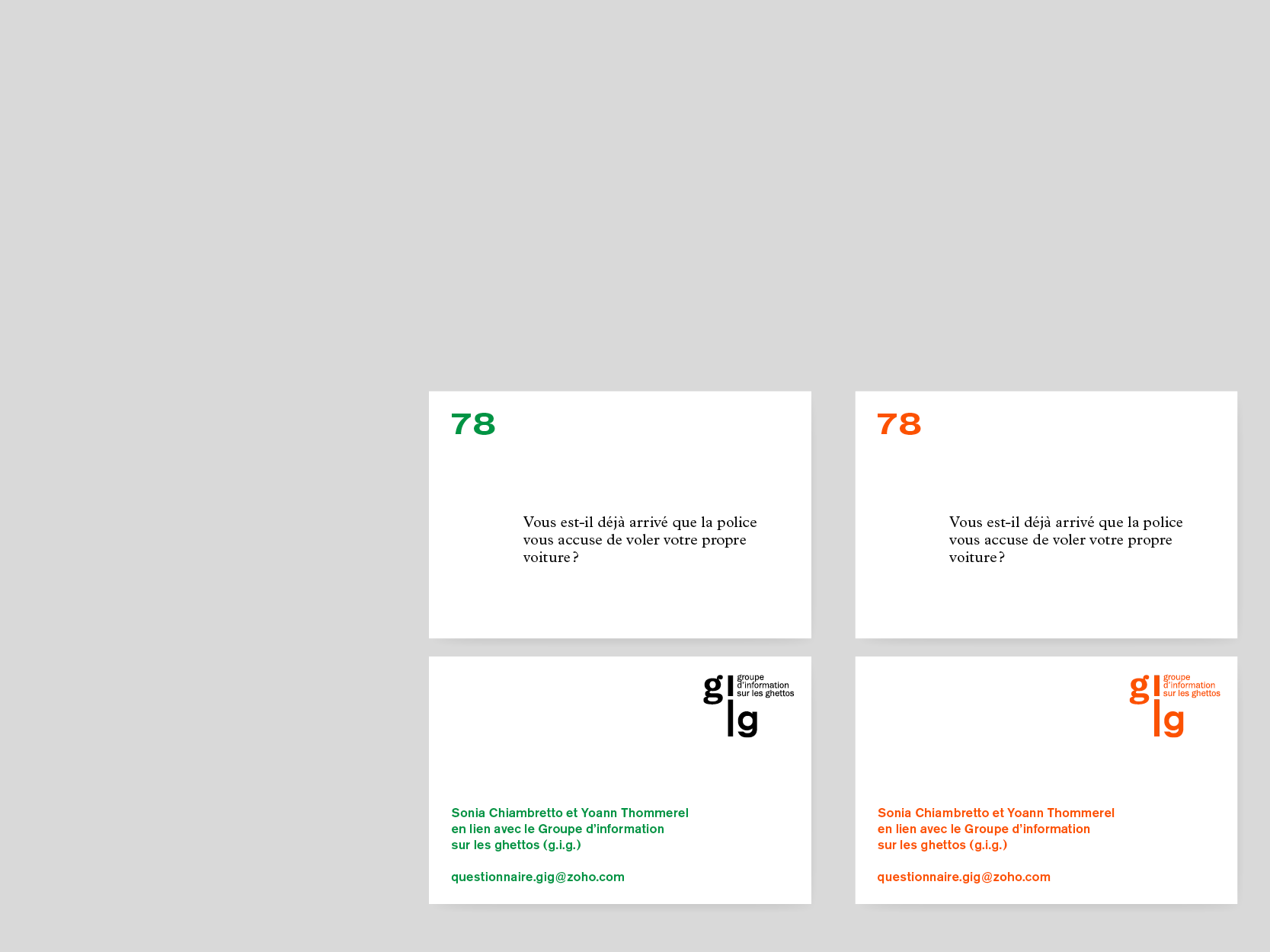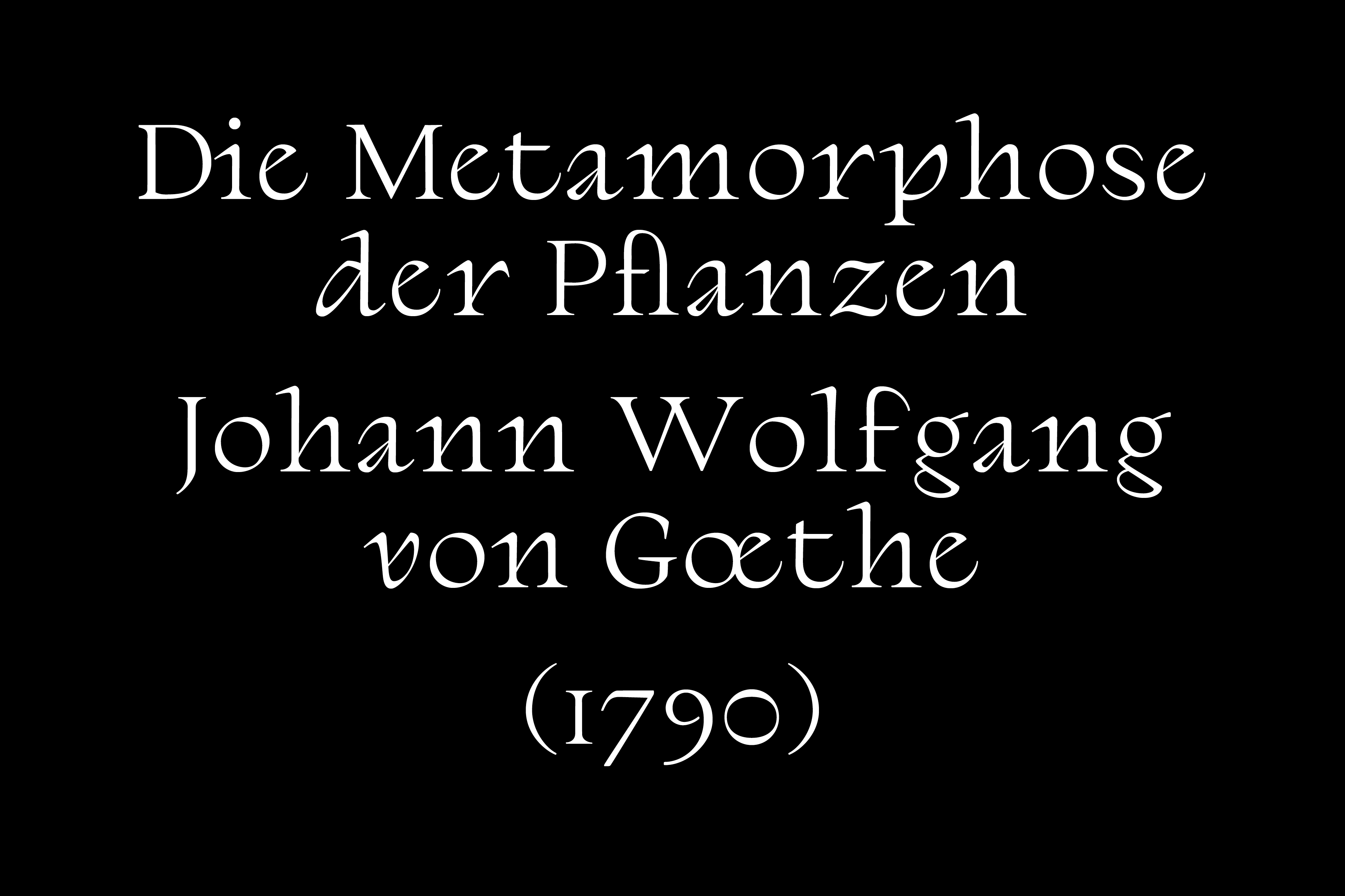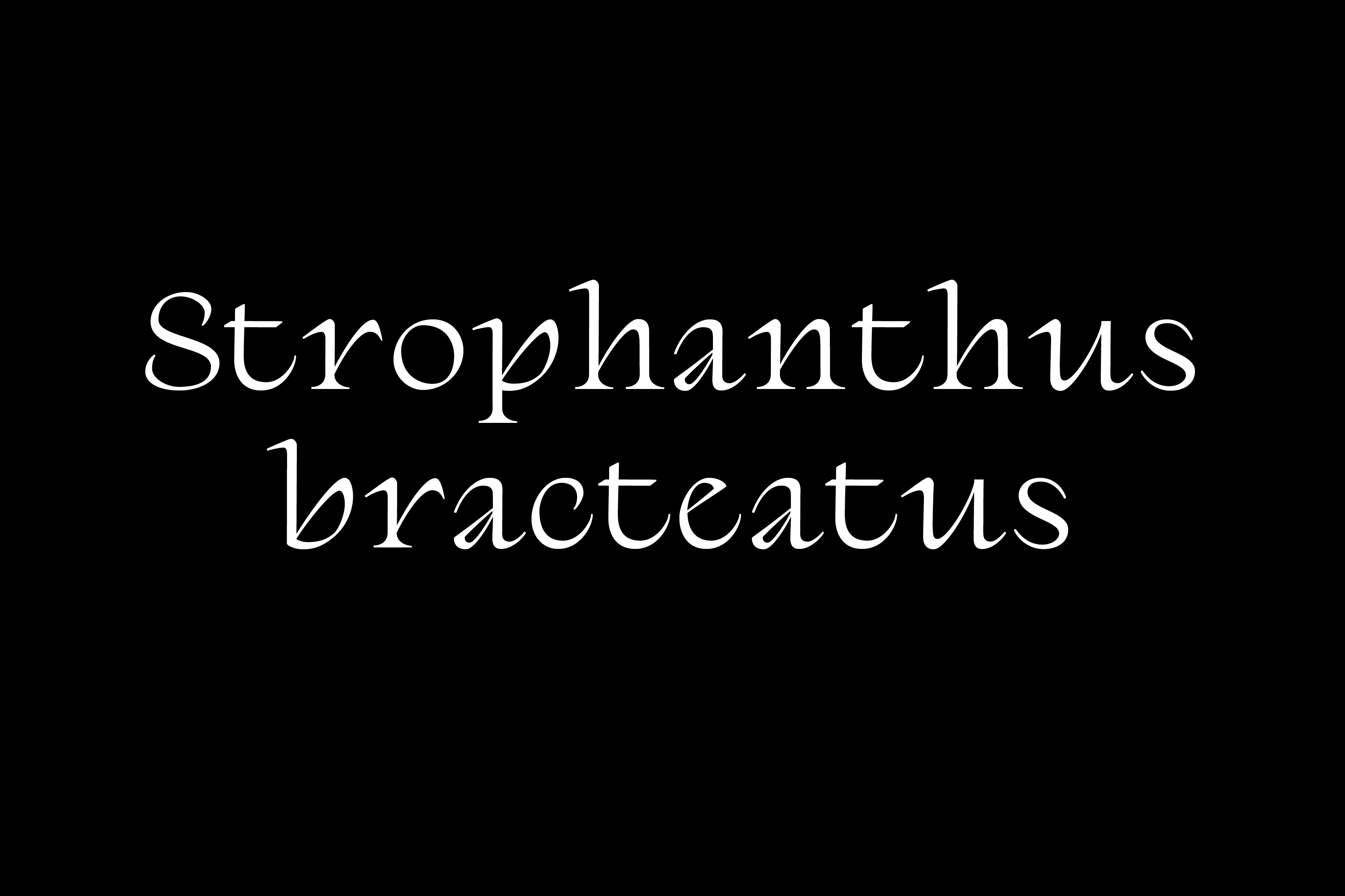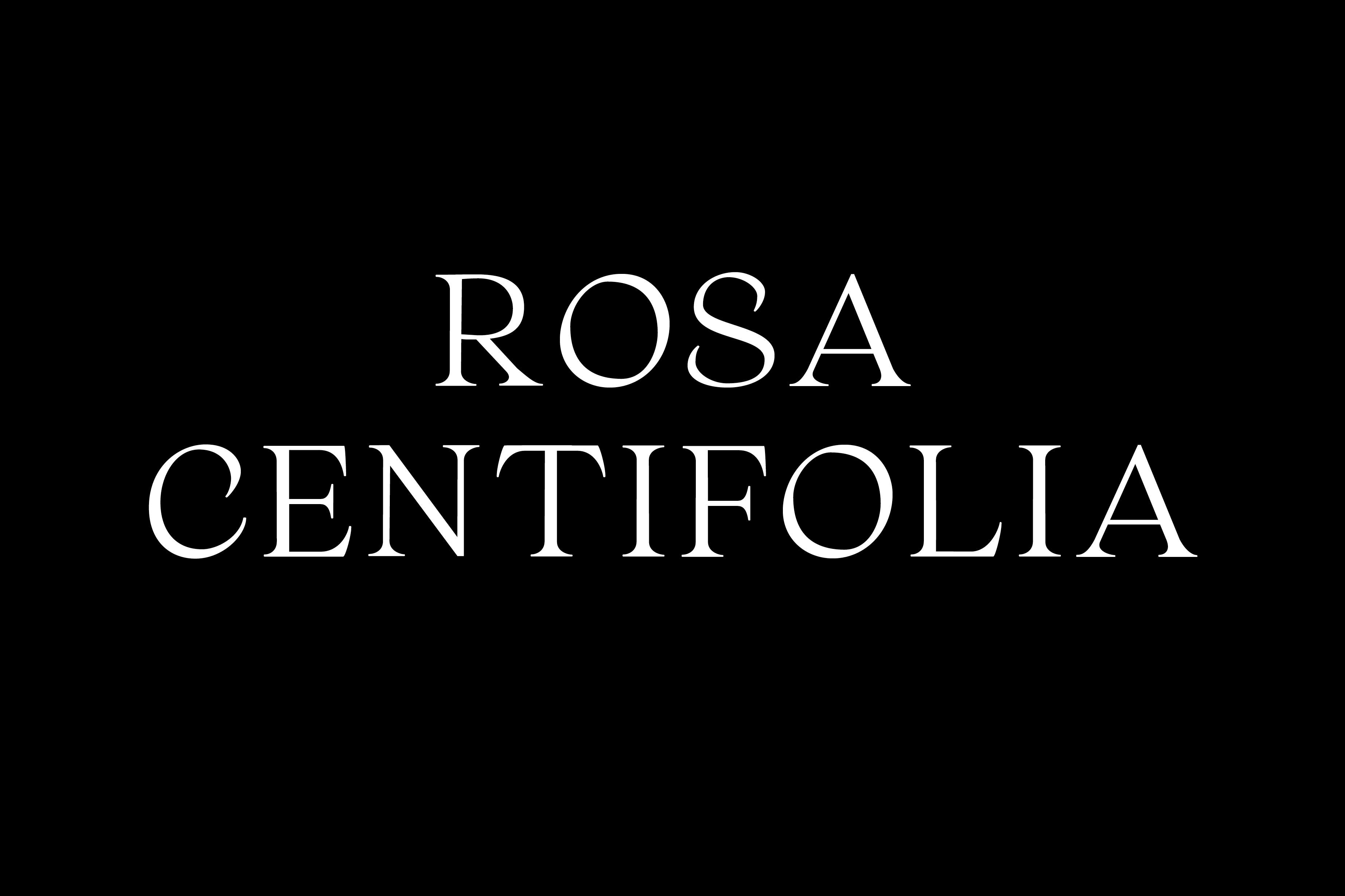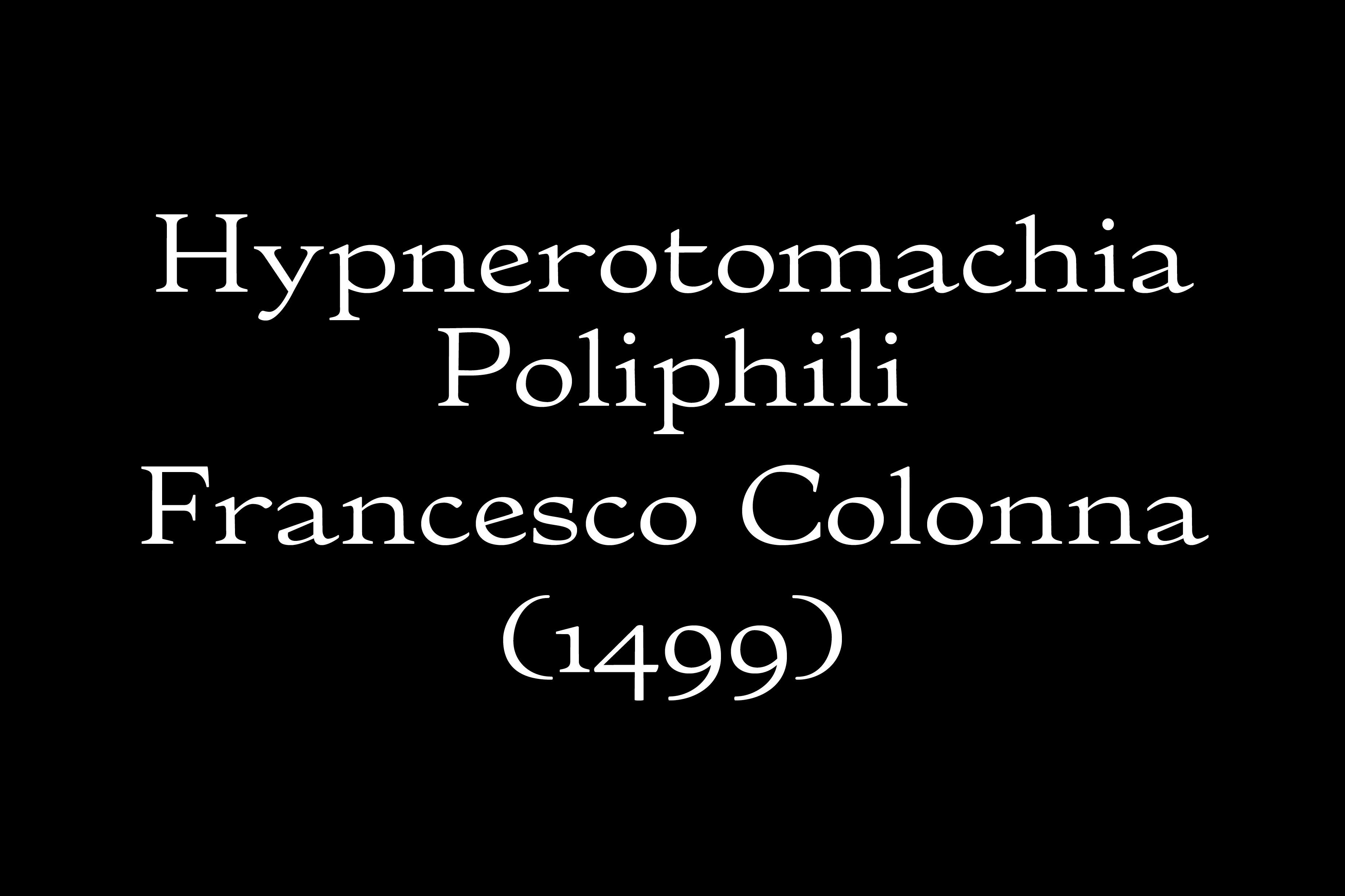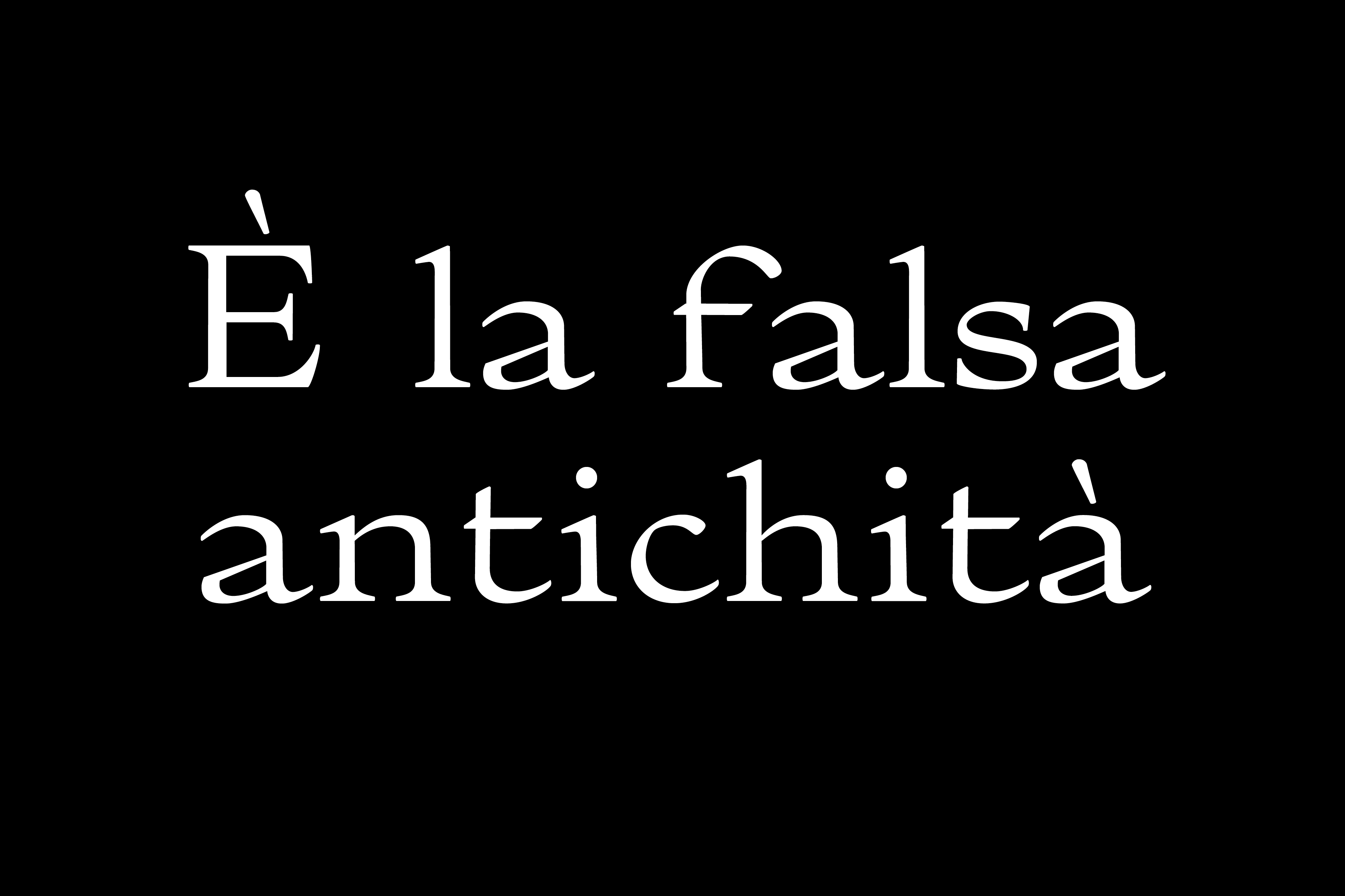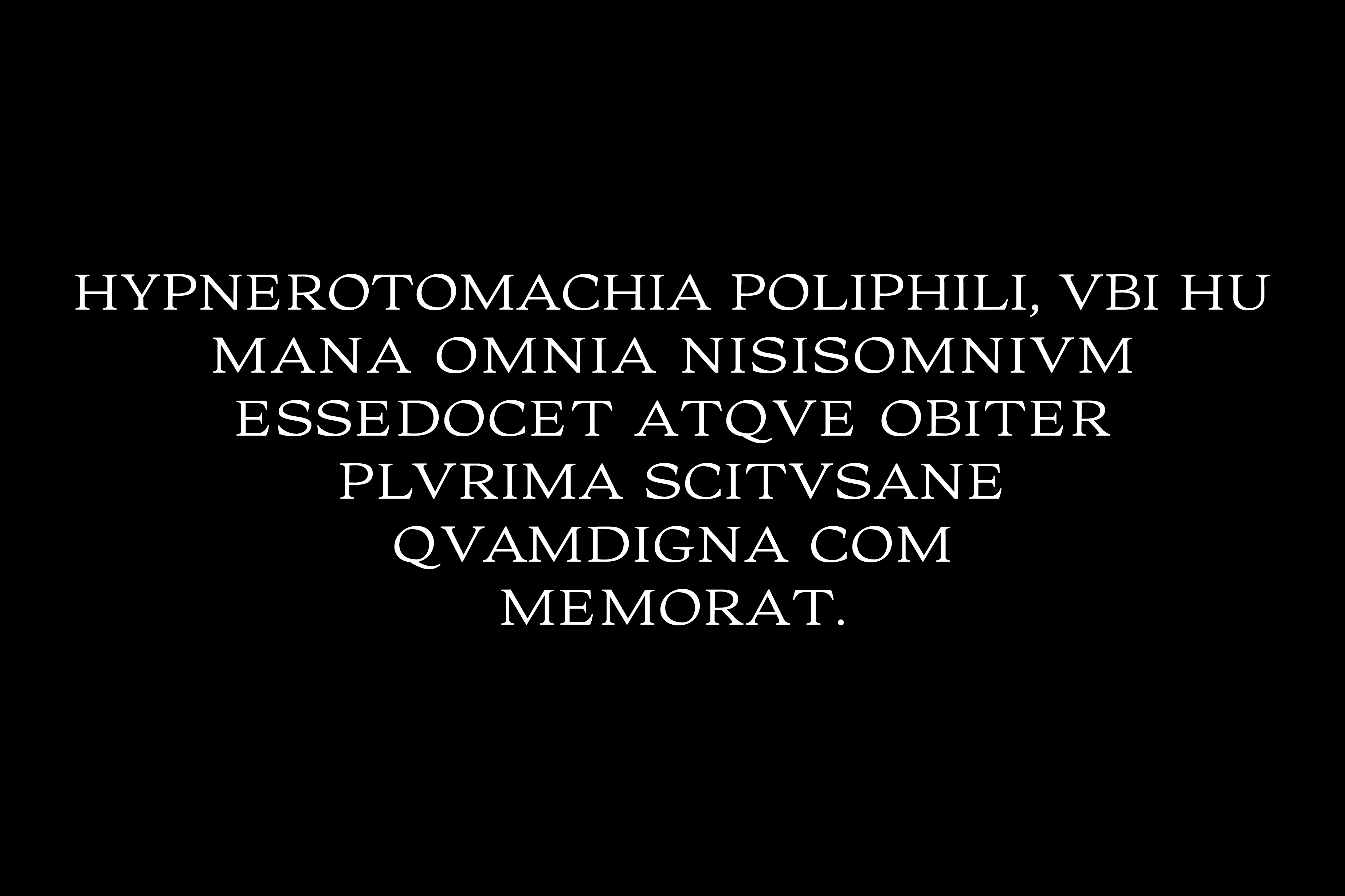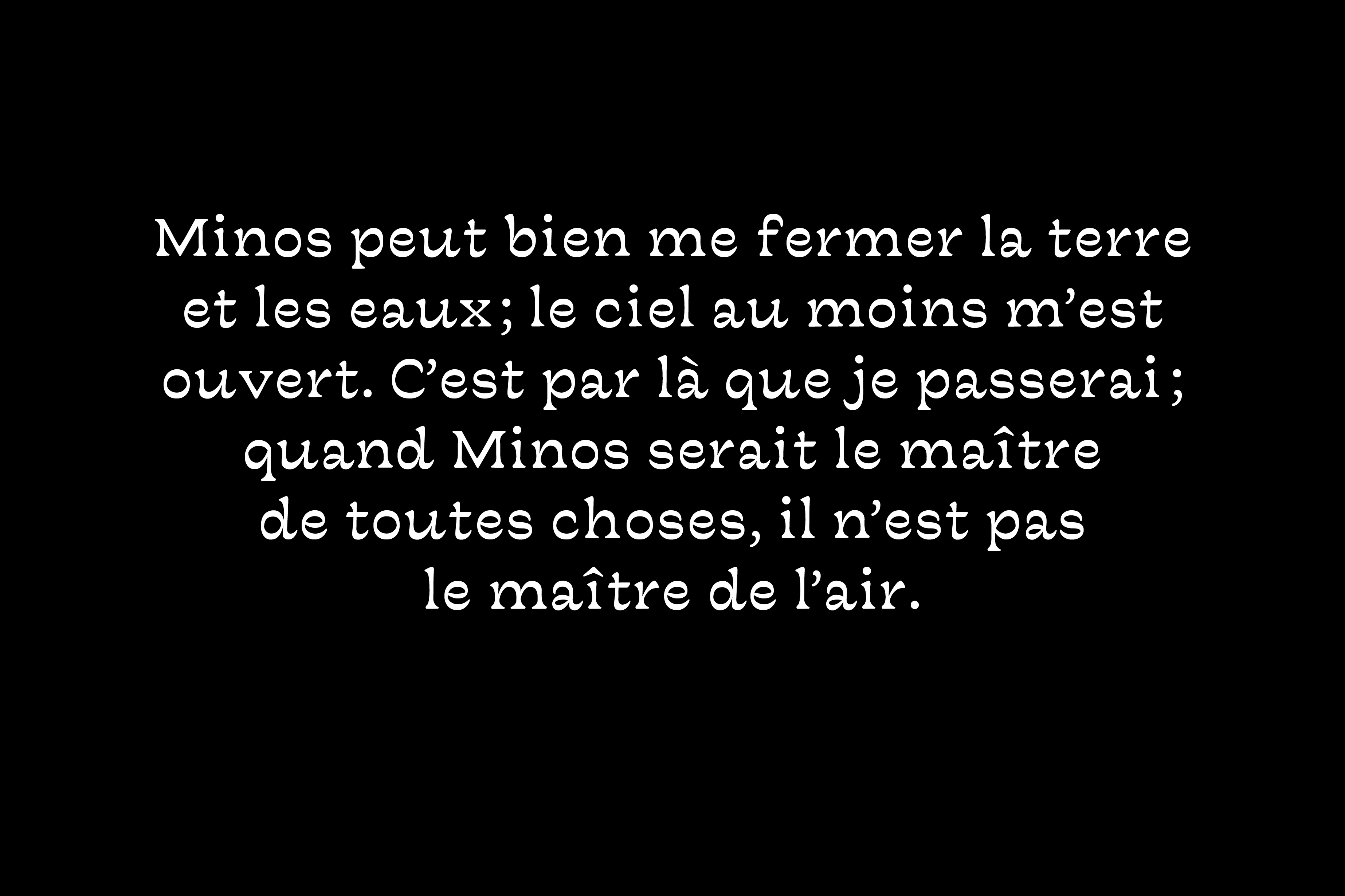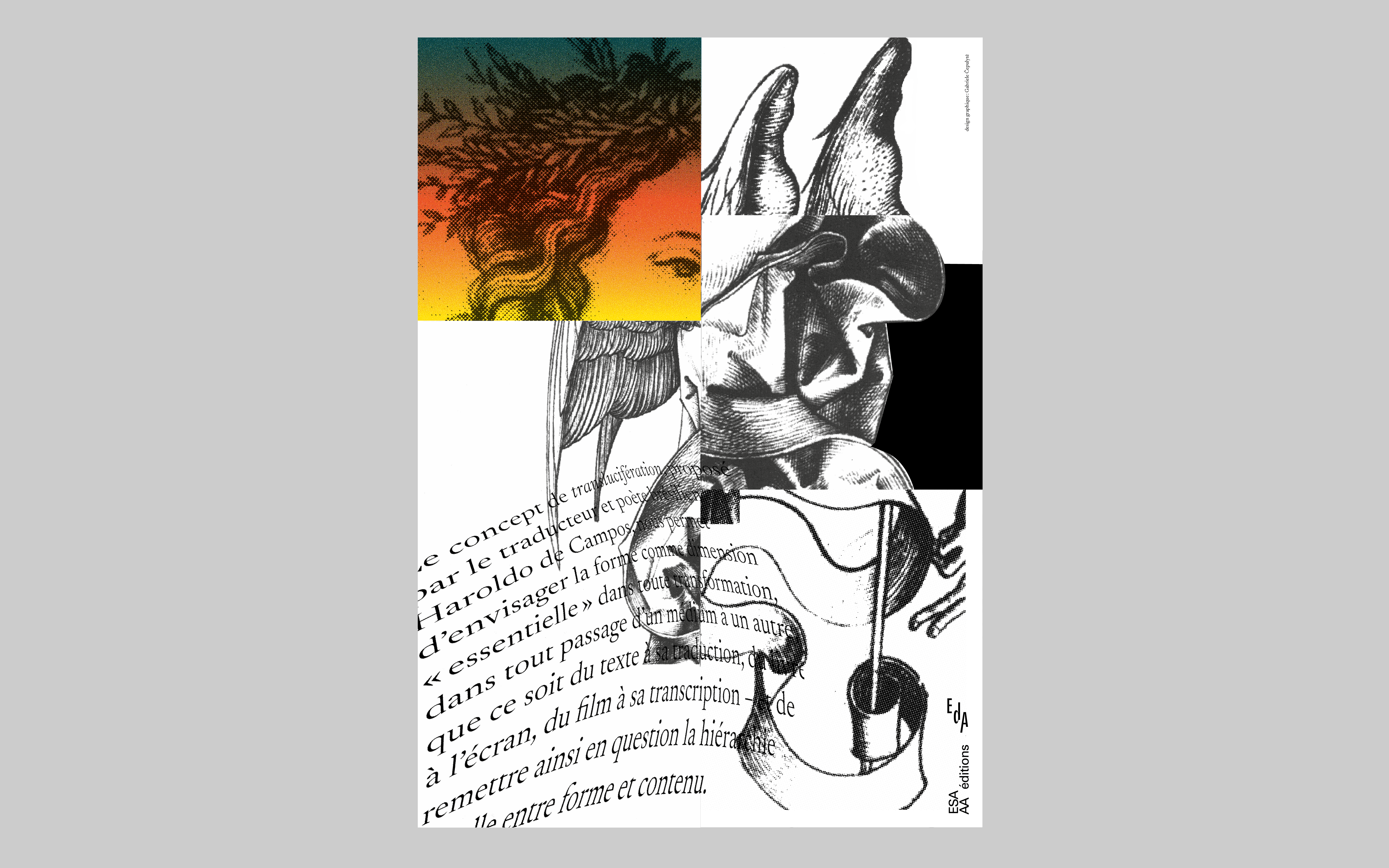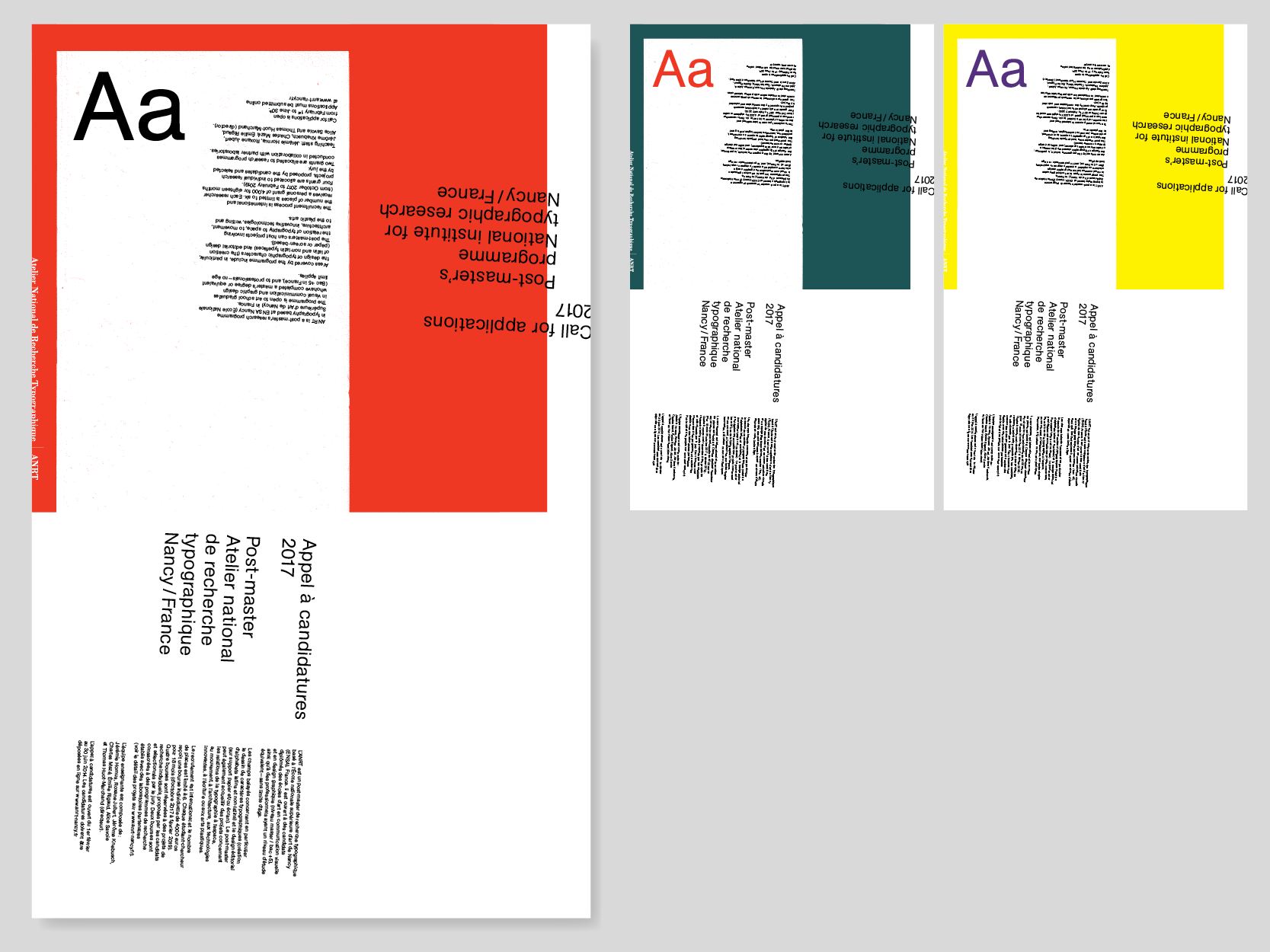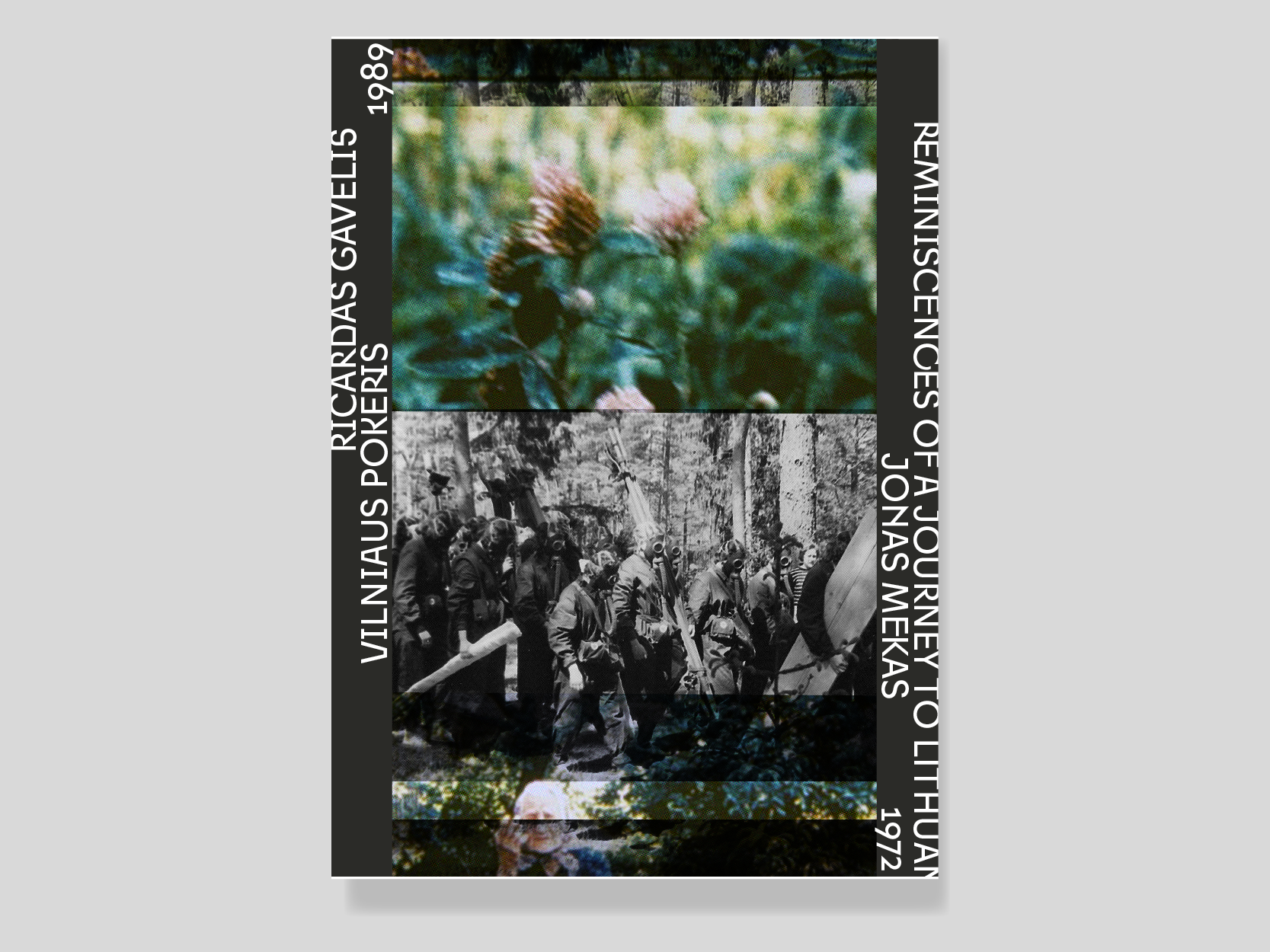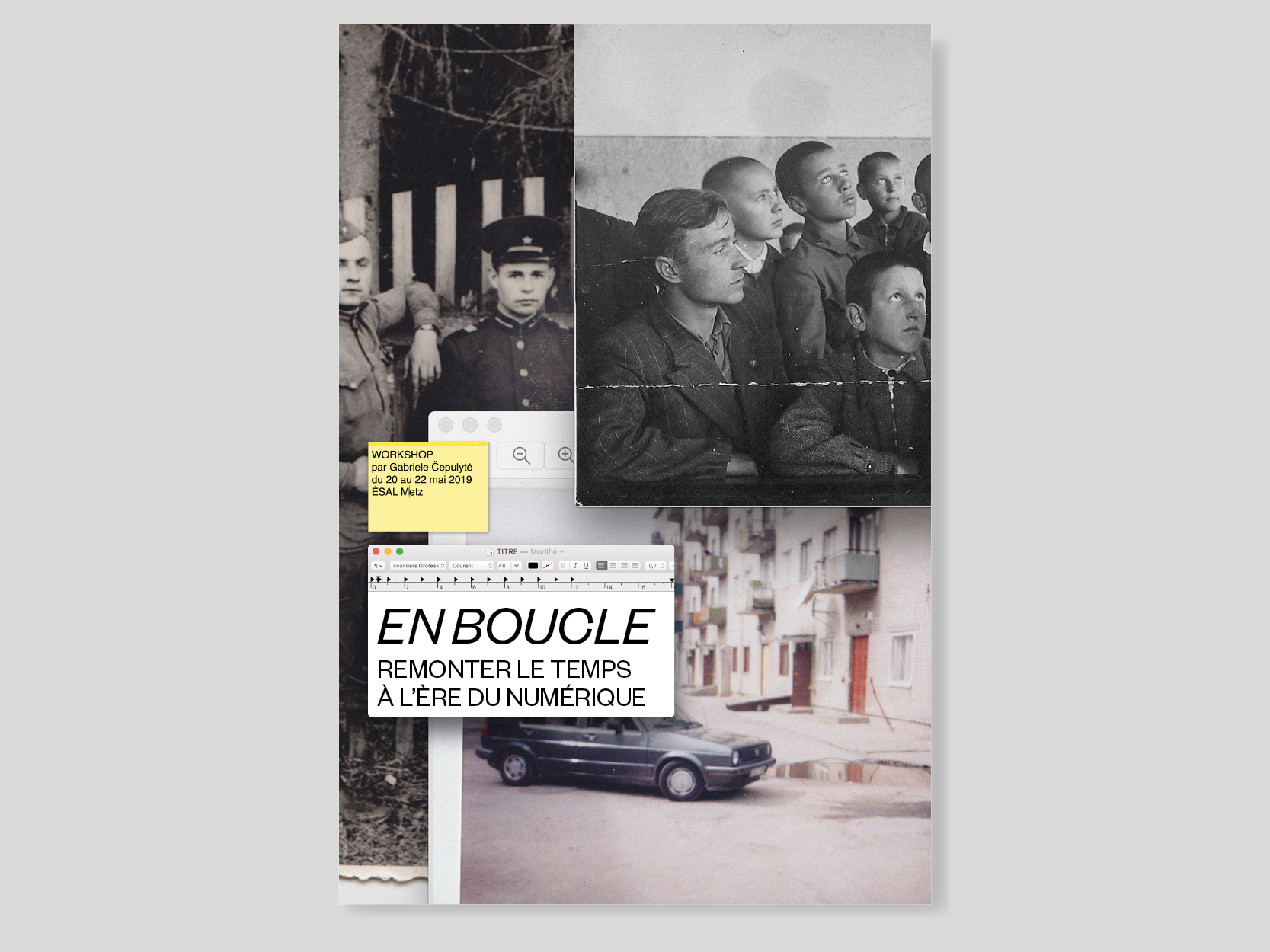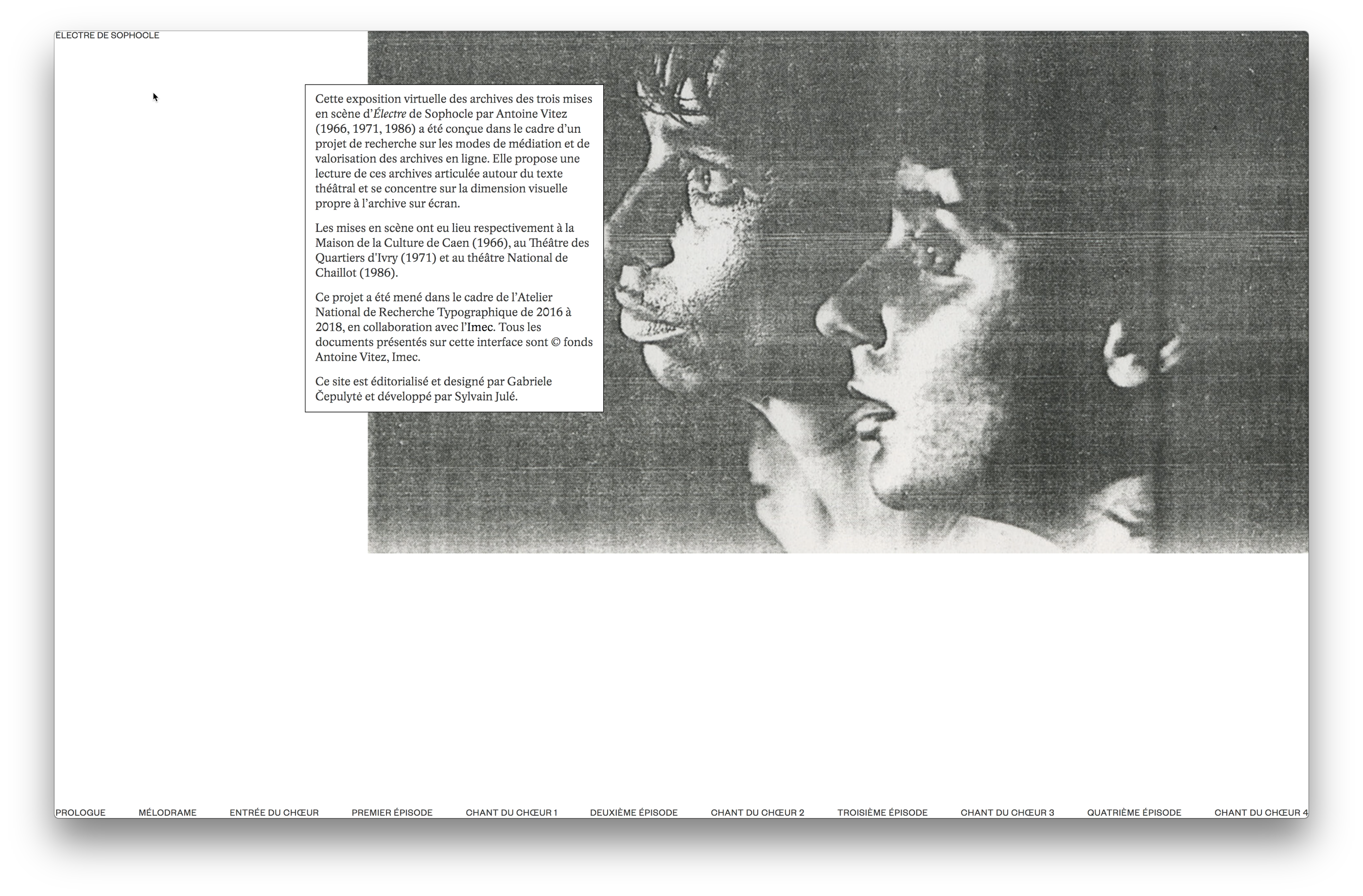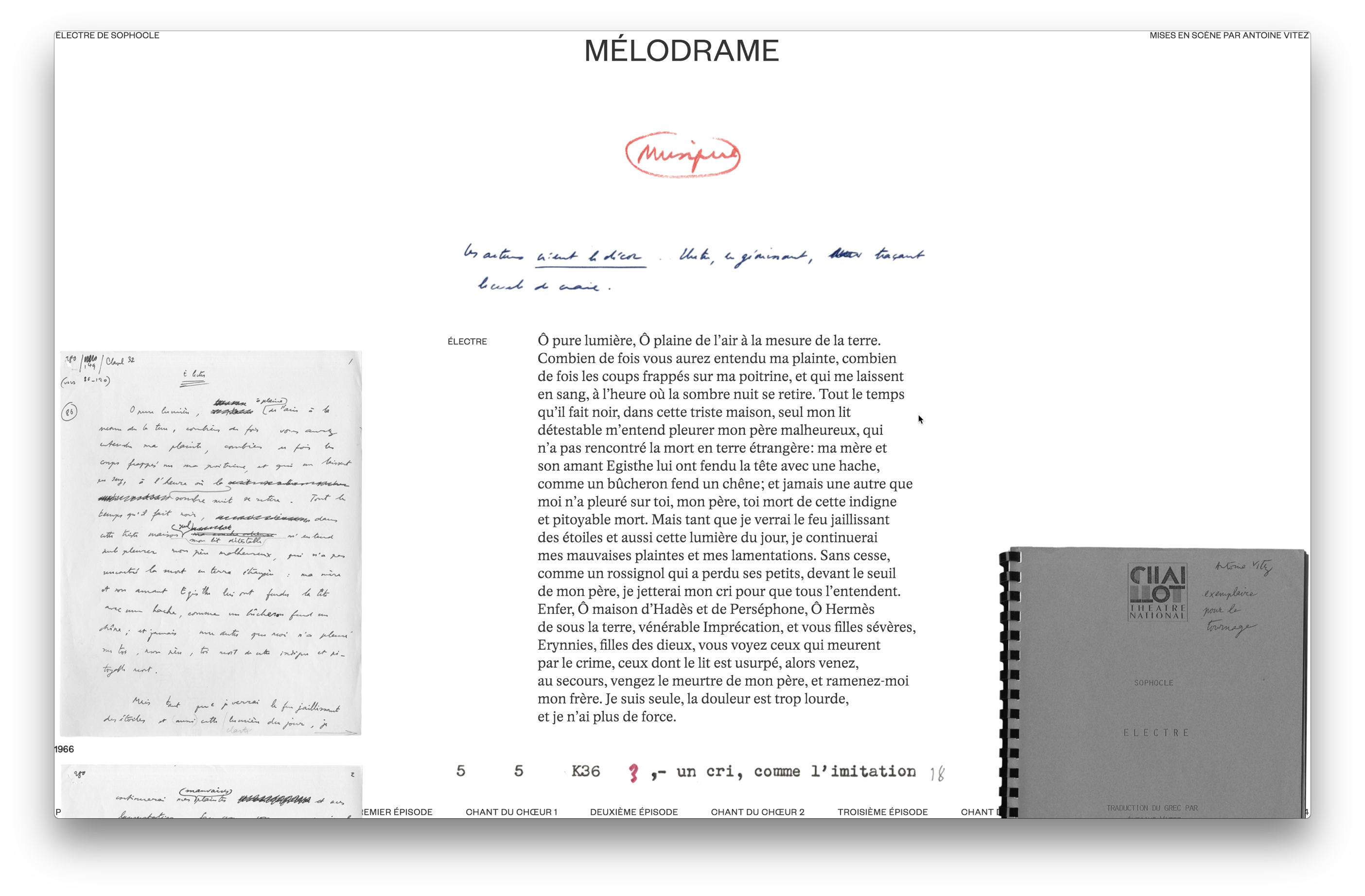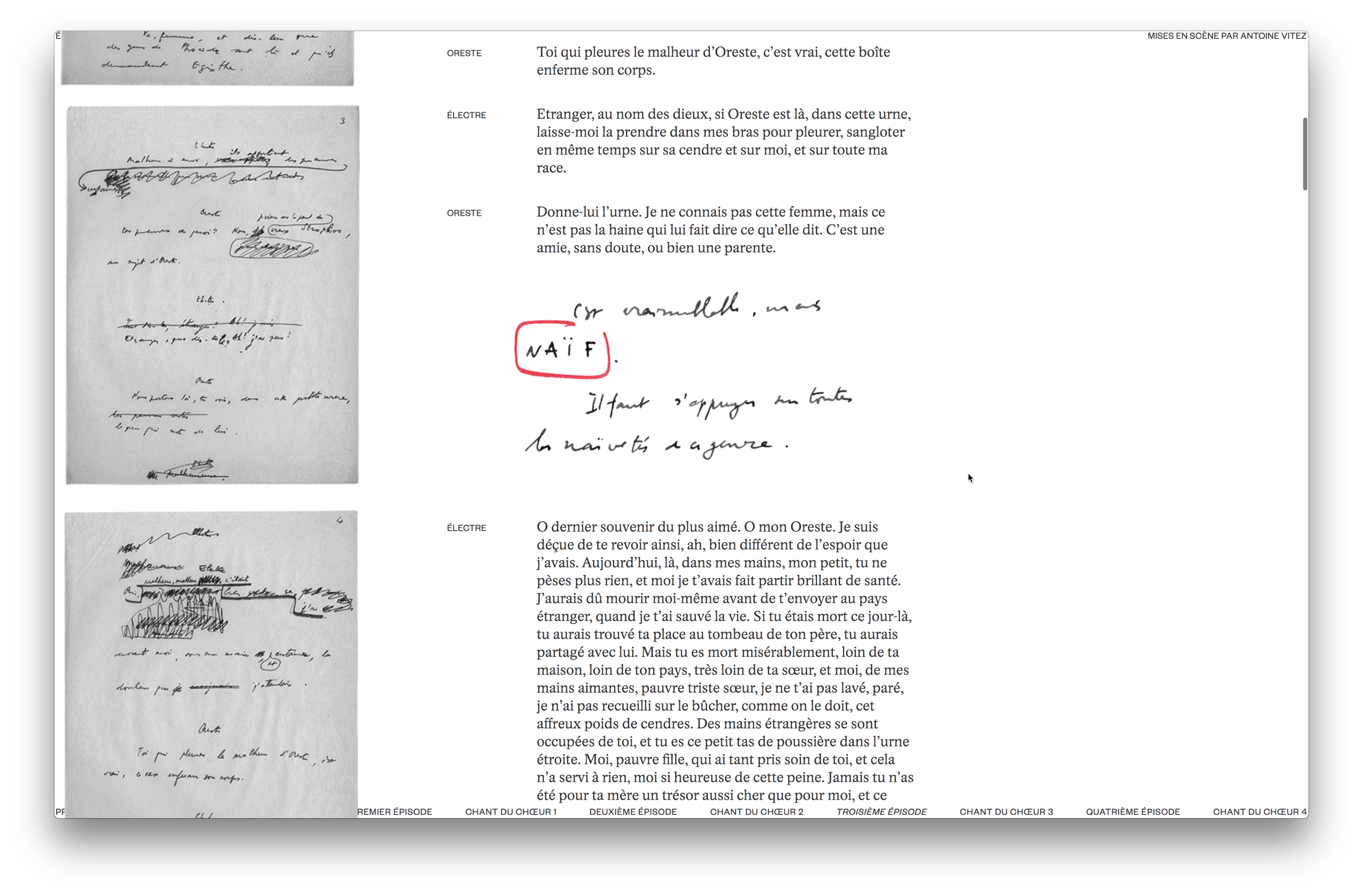Research
My researches focus on the operative forms of writing and the way in which they shape sensitive experience, through literary, visual and/or technical devices. My current fields of work can be summed up along the following three lines: writing as the creation of a materiality of time; the language hidden behind the image and the image hidden behind language; the questioning of the value of the useful.
Variations on the book: virtualities and modulations of writing and reading on screen
PhD in Esthetics, Paris-Nanterre University
2017-2024
How can we achieve the simultaneous book? This aim, expressed in these terms by the avantgardes
of the early twentieth century, was a failure. The interplay between text and image, between legible and visible, has never succeeded in achieving effective simultaneity, which depends on the limits of our perceptive capacities.
But what does it mean to think of a book as simultaneous, beyond the immediacy of its sensitive perception? How can we envisage this desire to go beyond the limits of perception? The simultaneous book can only be read by God and from his omniscient point of view, anchored outside time and space. Instantaneous perception is therefore an attempt to reach a whole that is constantly fragmented by experience, representative of the human inability to confront the infinite. “Le monde est fait pour aboutir à un beau livre” (The world was made to end in a beautiful book): Mallarmé’s phrase represents this project, to restore the simultaneity of the relationship with the world in the objectified space that is the book.
The immediacy of reading and writing is an aporia. It leads us to reconsider the scope of the notion of simultaneity, by shifting it from the instant conceived as the perception of the coexistence of differentiated objects in the same time, proper to the divine point of view, to that of a variation coordinating different modalities of existence, in other words a coexistence of possible fragmentations. Simultaneity then becomes a vector for the splintering of a book that can no longer be considered either as a finite or defined object. To consider the book as variation is thus to consider it in the indeterminacy of its readings, in the indistinguishability of its spaces, and in a virtuality that becomes the essential modality enabling the coexistence of its variables.
Our hypothesis is that this book, whose simultaneity unfolds outside its existence as an object, is to be found in experiments in the digital arts, and more particularly in the development of certain programmes implementing hypermedia developments, which not only change the reading experience but also modify the general relationship to writing and its purpose by calling into question the particularities of a civilisational object. The stability of the book, an object with a beginning and an end, inscribes the discourse both in the positivity of all the writings in circulation, but also as a trace, contributing to the constitution of a historical discourse and the establishment of the archive.
The book thus becomes representative of the unquestioned adequacy of narrative to reality, of language to being, through its power of ordering, of objectification, through the externalisation of a thought that nevertheless becomes presence. But simultaneity redeployed in this way calls this presence into question: it hinges on the negativity of a language that is the only hold expression has on the real, the only way of expressing knowledge, while not being knowledge itself. As a result, what we will call the ‘digital book’ works, in our view, to undo the positivity of the book: the book that Stéphane Mallarmé, Maurice Blanchot, Georges Bataille and Gilles Deleuze, among others, wanted to push to its limits, so as to be able to propose a form of writing that is no more than multiplicity, writing without a hold.
The question that remains, however, is that of the unity that any whole necessarily inculcates, and more particularly that induced by the digital, by the predetermination it proposes. The digital medium retains the duplicity present in all these attempts to go beyond the book through the book, bringing together continuity and discontinuity: a unity that draws back into itself any desire for dispersion, whether through the work, the title or the object. The technical device here is both an operator of totality and also an operator of indifferentiation: the programme has no ethics (except for the one we implement it), and it endlessly gathers together all the readings, only to consider them in the light of the pre-established relationships that are inculcated in it or that it creates of its own accord. So we can ask ourselves what the significance of writing in digital books is: is it just a mirror that shows us language as the only representation of ourselves, or does it carry a dimension that opens us up to the ‘other night’?
You can find this dissertation at the University Paris Nanterre library.
Editing Électre: a curatorial experiment around Antoine Vitez' archives
Post-master's degree in type design,
at the National Atelier for Typographic design, Nancy
2016-2018
This research project in graphic design questions the way we show archival resources online.
If we take a look at the recent governmental applications, we notice that in 2013, the OpenData circulatory was adopted in Europe: this one led to the massive creation of websites offering databases and graphics, showing anything related to the public domain in a pseudo ultra-transparency – including archives. The aim of this project was to reconsider the analytic point of view of the database, and try to show a specific point of view on an archival fonds. This statement led to the creation of a «virtual exhibition» of the archives related to the three stagings of Electra by the French stage-setter Antoine Vitez: the event of the performance being lost, the issue was to create another kind of experience, which would be more related to the notion of historicity. This could be antithetic with the support, here a website; it takes form through extractions of manuscripts, videos, photographs inserted in the text of the antic play, playing on the materiality of the archival ressources and the historical imaginary that surrounds them.
Authorship in constraints of reproduction: the graphic designer's manoeuvres in editions of Tristram Shandy
Master's degree in Media Studies,
CELSA, Paris IV
2014-2015
The goal of this thesis was to explore the notion of "graphisme d'auteur" in the transmission of patrimonial content such as literary classics. While confronting the problem of transmission with the emergence of the artist as a genius, the aim was to think of a graphic design ethic towards creation and transmission.
Publications & Contributions
Contributions
«Traverser l’écran: des archives en réflexion», École Supérieure des Arts de Lorraine, Metz, 19 may 2019.
«Archive et détermination technique: le bug comme dépense», contribution to the international colloquium "When the Interface Slips Away", Université Paris 8 / Archives Nationales, 26 november 2019.
«Des mobilités du livre : circulations, étapes et variations d’un livre informe», École Supérieure des Arts et Médias, Caen, 16 november 2020.
«Visible language ou des mobilités du texte», contribution to the 13th edition of the Printemps de la Typographie, INHA, 2022.
«"Pli selon pli": pour une approche baroque du lire et de l’écrire à l’écran», Haute École des Arts du Rhin, Strasbourg, 30 march 2022.
Publications
«Des transformations médiatiques des œuvres» in Vikhi Vahavek: biographie d'une artiste très professionnelle, édition Les Commissaires Anonymes, 2020.
«Stables et artificielles": les archives en ligne à travers le travail de Hanne Darboven», in Proteus, no 17, «Esthétique et politique de l’archive en art», Cyrielle Lévêque et Mélodie Marull (coord.), 2021, p. 106-117.
"Le design graphique au prisme de la transcréation", in Appareil no 24 [online], Design and Translation, Catherine Chomar-Ruiz (dir.), 2022.
Entries «Art concret» and «Grille», Glossary of Design for the website Design in translation (online).
«Replis du livre numérique» in Milon Alain (dir.), Autour du livre, Nanterre, Presses Universitaires de Paris Nanterre, 2024, p. 167-193.
About
Gabriele Cepulyte is a graphic designer, teacher and researcher based in Paris, France. Her work ranges from visual identity, editorial design, signage to web design. She also teaches practice and theory of graphic design and history of art. Her research deals with the philosophy and esthetics of writing, in the broad range of its literary and formal dimensions.
Contact
contact[at]gabriele-cepulyte.com
(+33)6 80 48 73 51
Fonts
If you want to buy a font, please send an e-mail to contact[at]gabriele-cepulyte.com. If you want to try one, ask for a demo version.
Experience
collaborations
04/2019 - 06/2019
Général Design
05/2018 - 06/2018
Teschner-Sturacci
04/2016 - 09/2016
internship at Teschner - Sturacci
03/2013 - 06/2013
internship at Bolo Paper, Milano, Italy
teaching
since 09/2021
Graphic Design and History of Art, École Duperré, Paris
since 09/2020
Graphic Design culture, ECV Paris, France
since 01/2020
History of Graphic Design, ÉSAD Amiens, France
since 2018
Arts & Design Culture, École Duperré, Paris, France
workshops
11/2020
Des mobilités du livre: circulation, étapes et variations d'un livre informe, ÉSAM Caen, France
03/2019
Sampling: turning back time at the age of the screen, ESAL Metz, France
02/2018
Hors jeu, ESAD Nancy, France
residencies
06/2018
Regulatory set, with Anne-Sarah Huet at ESAAA Annecy, France
Education
2017 - 2024
PhD fellow in Esthetics
Nanterre University, Paris
2016-2018
Post-master's degree
National Atelier for Typographic Design
Nancy, France
2014-2015
Master's degree in Media Studies
CELSA, Paris IV
2012-2014
Master's degree in Type Design
école Estienne, Paris
2010-2012
Bachelor's degree in Graphic Design
école Duperré, Paris
